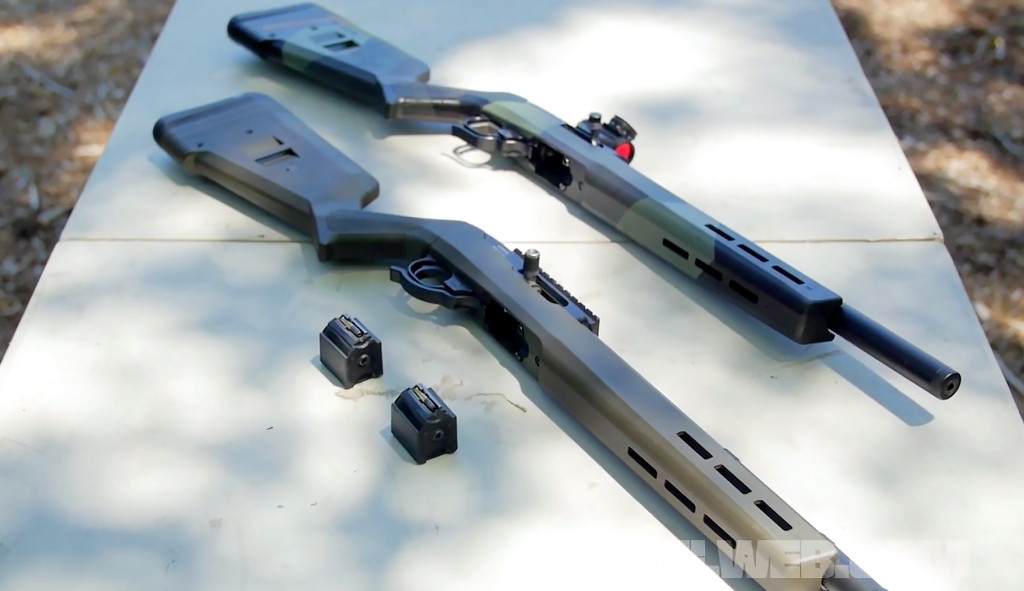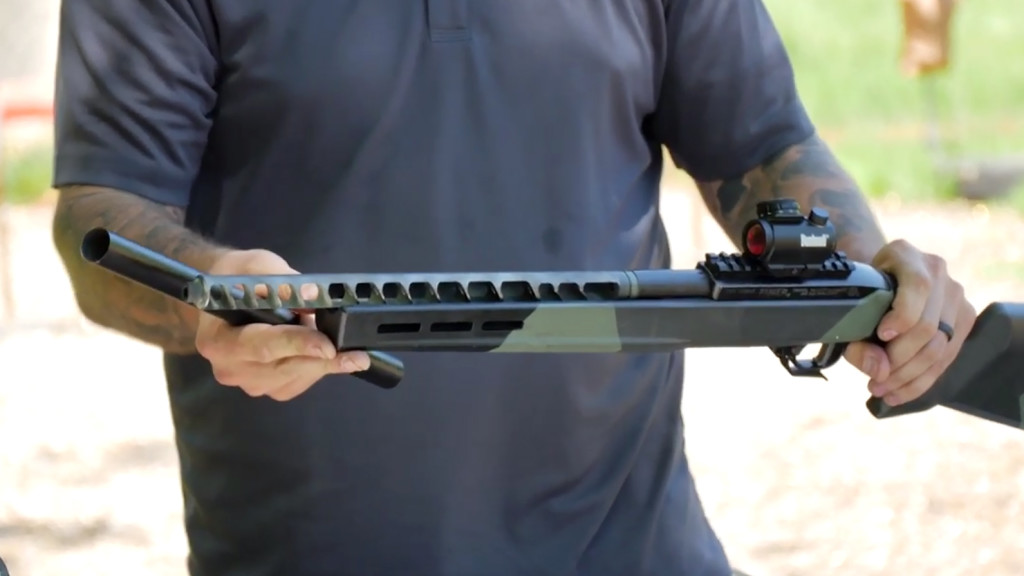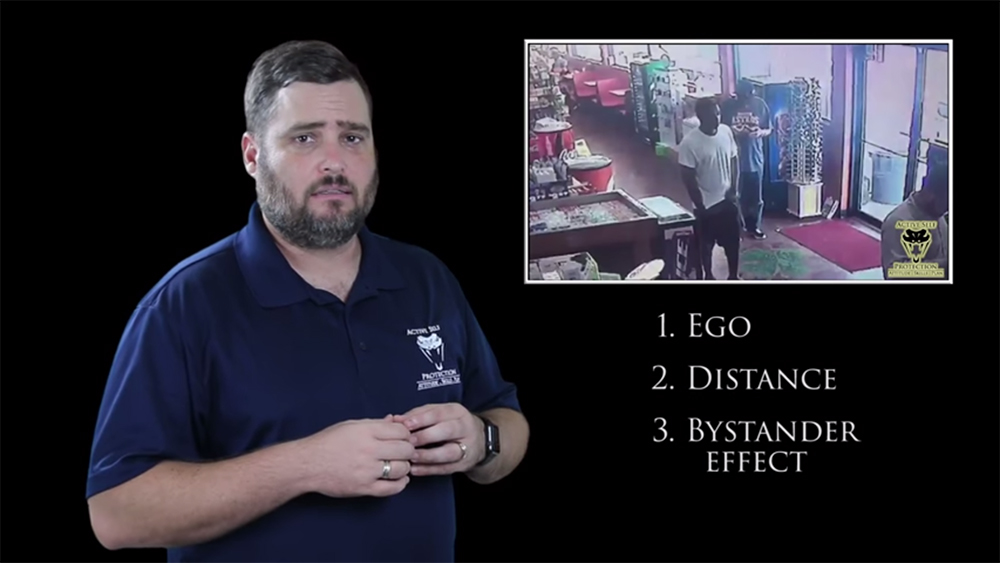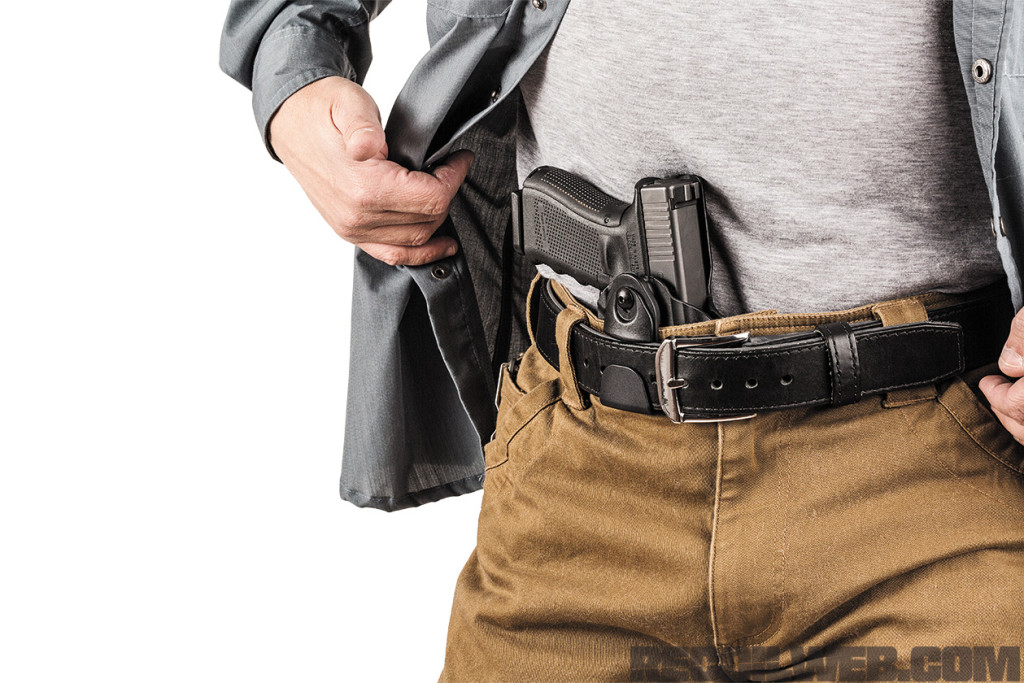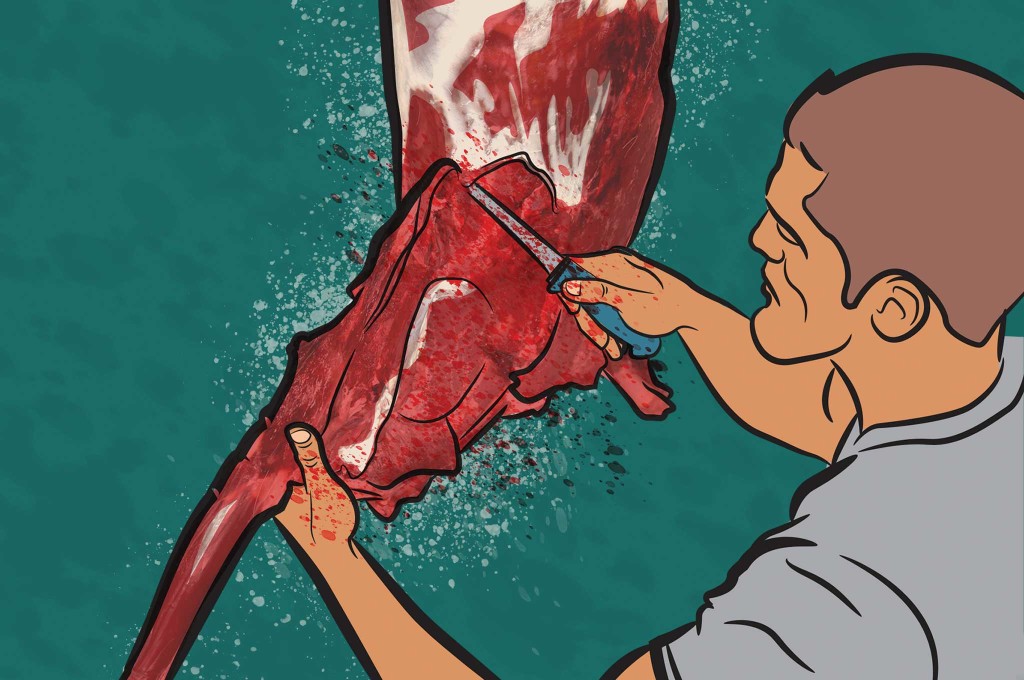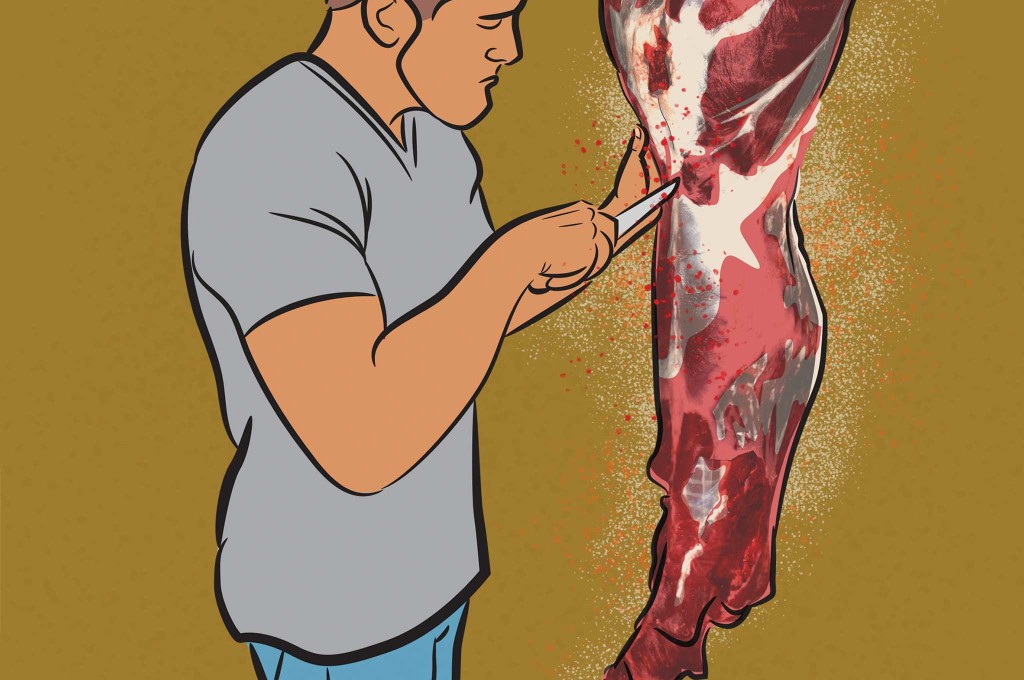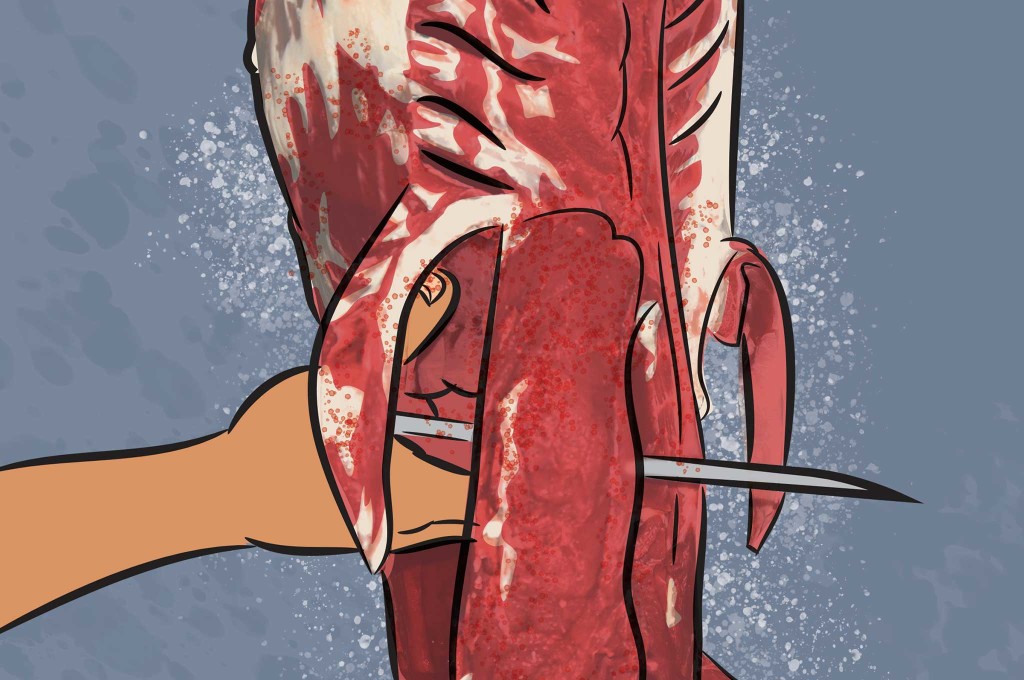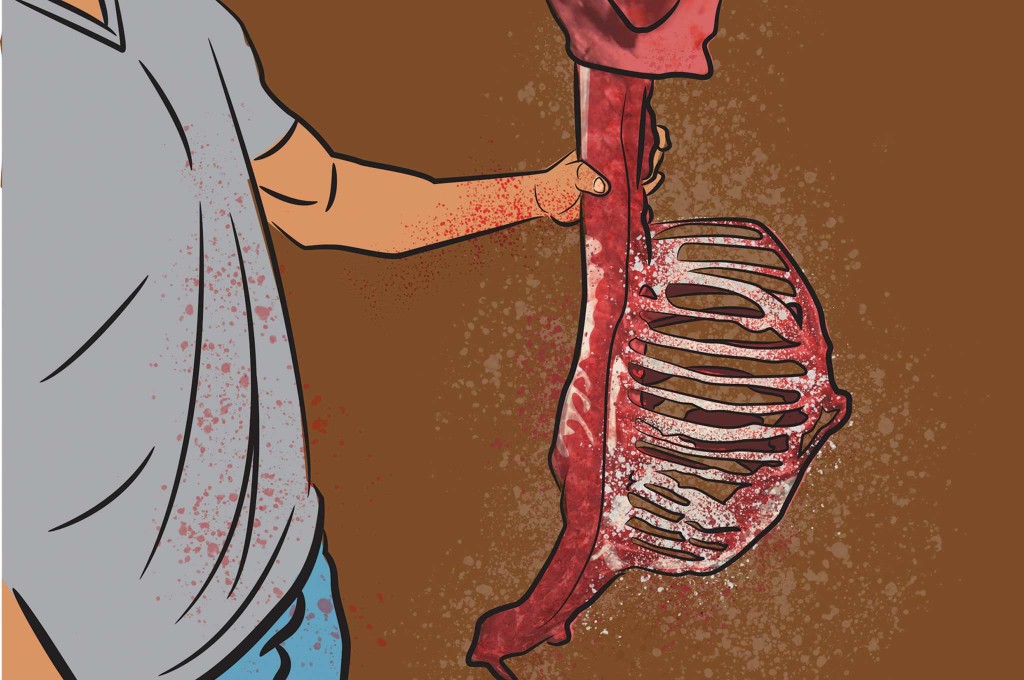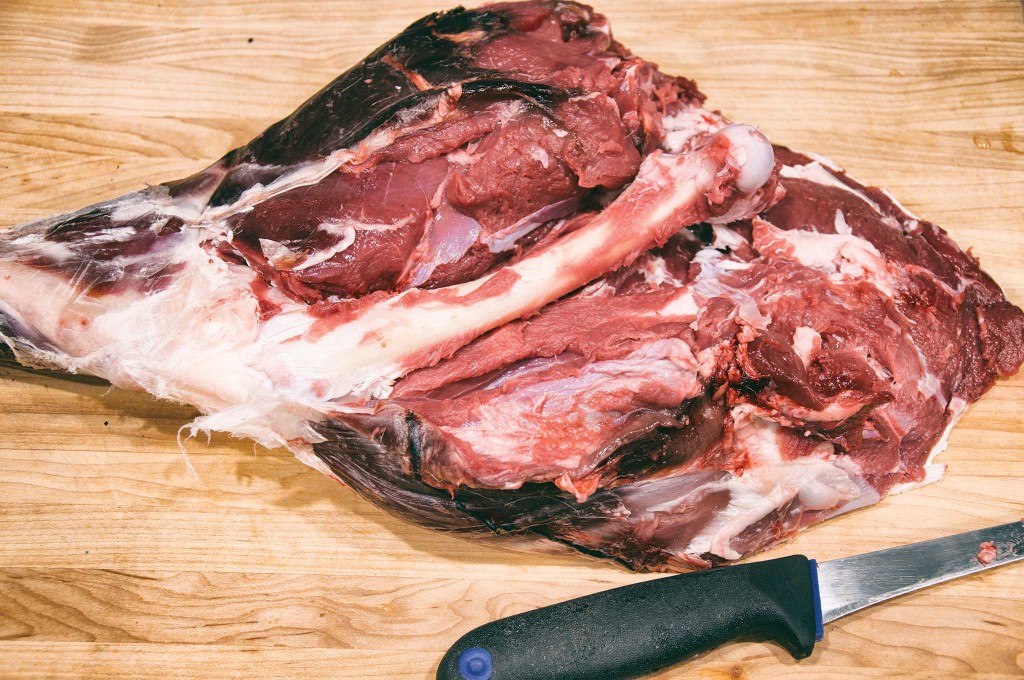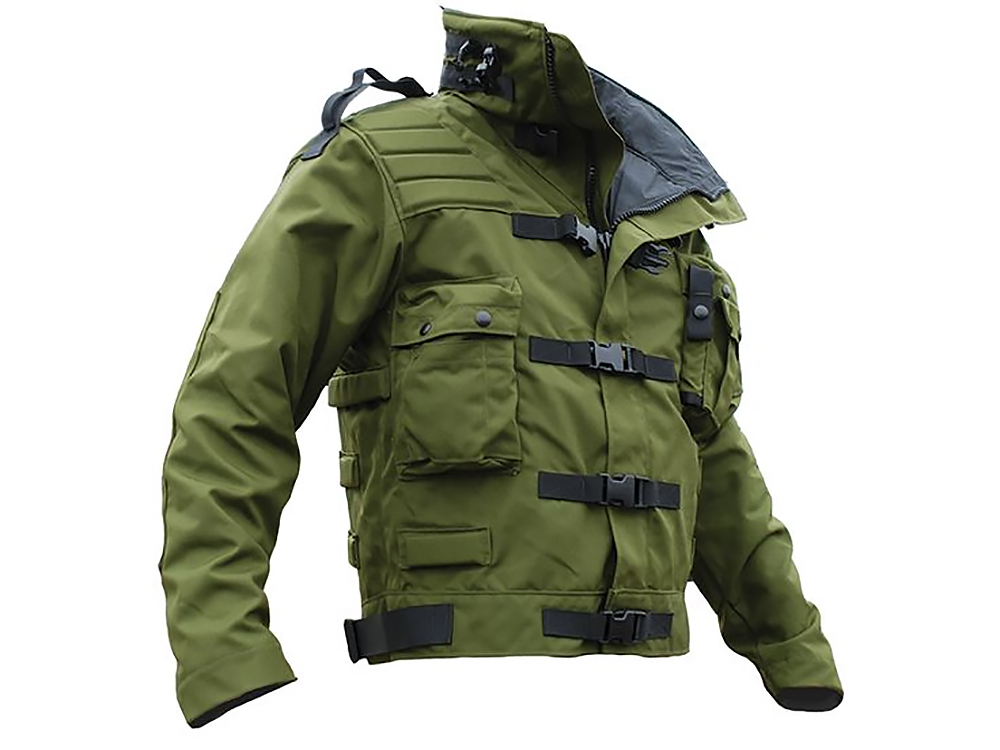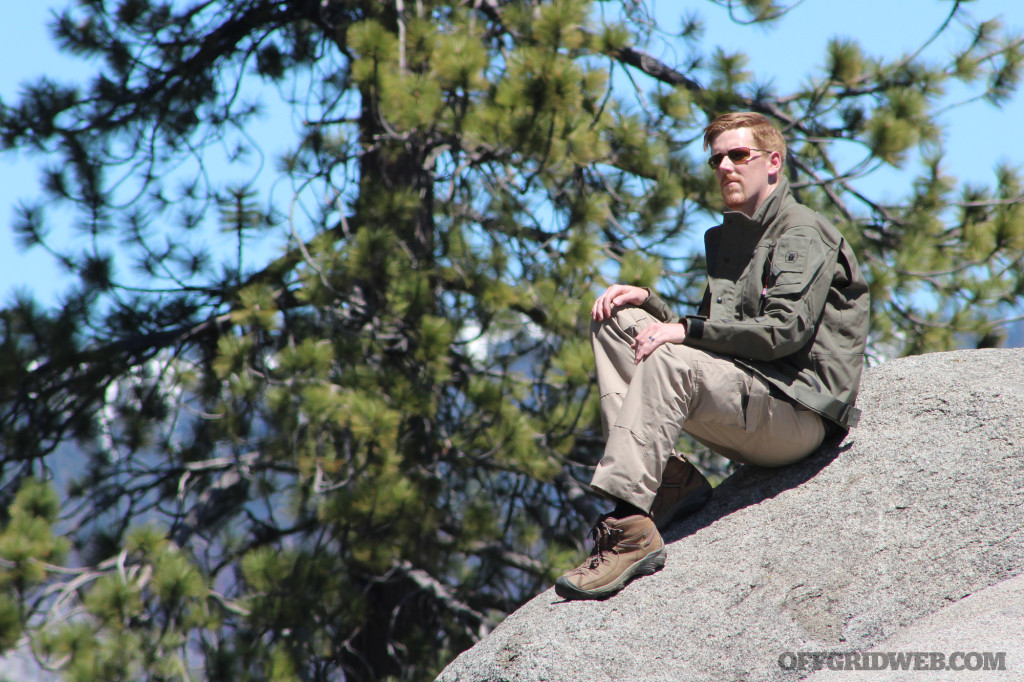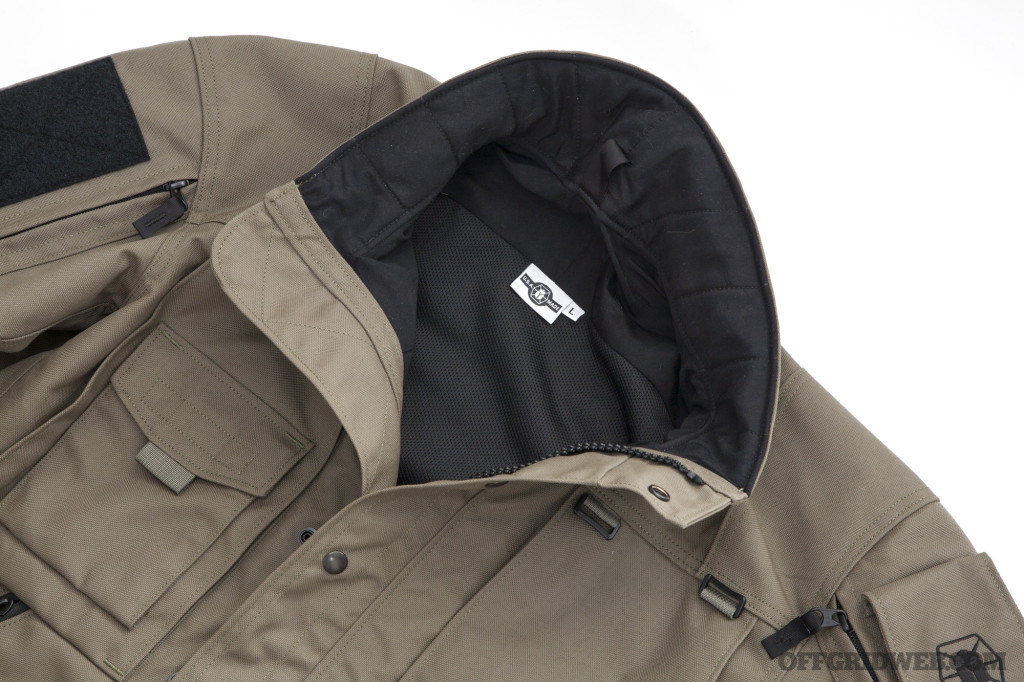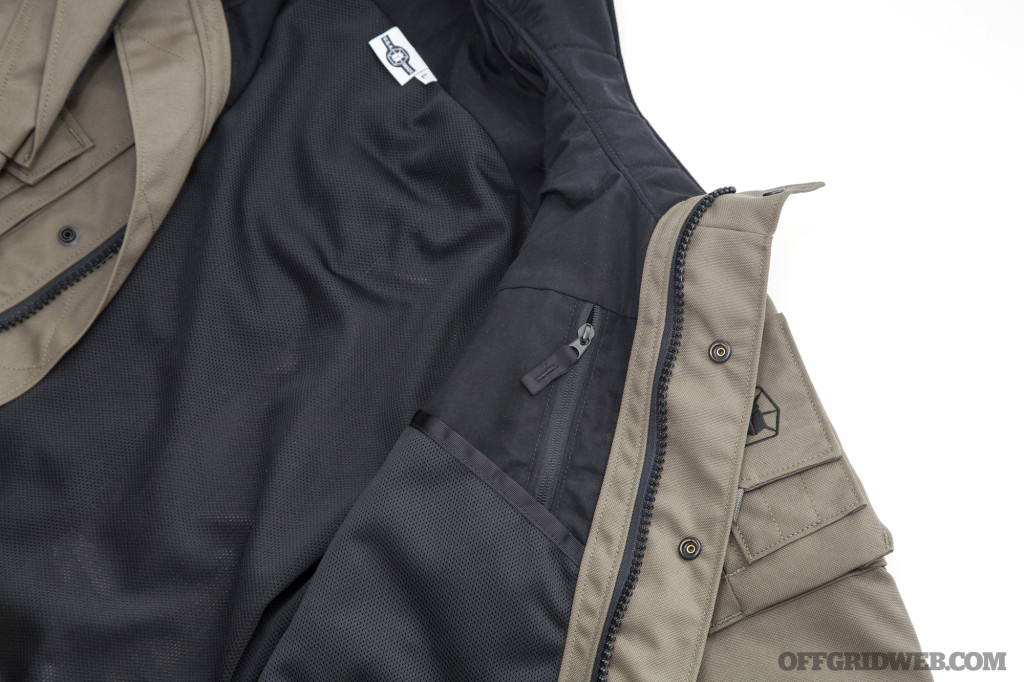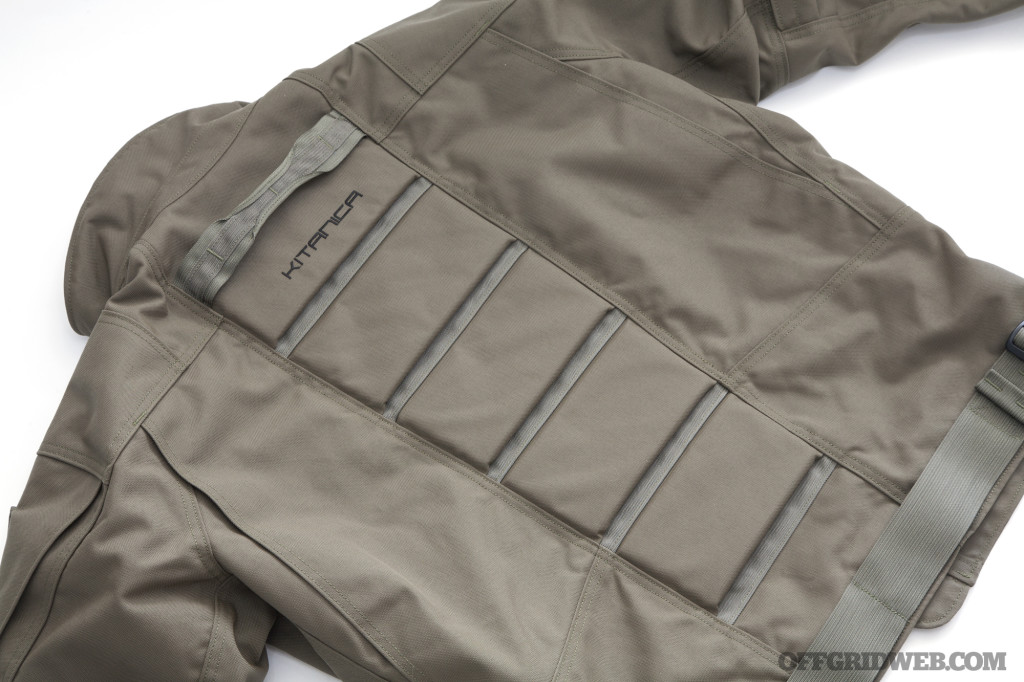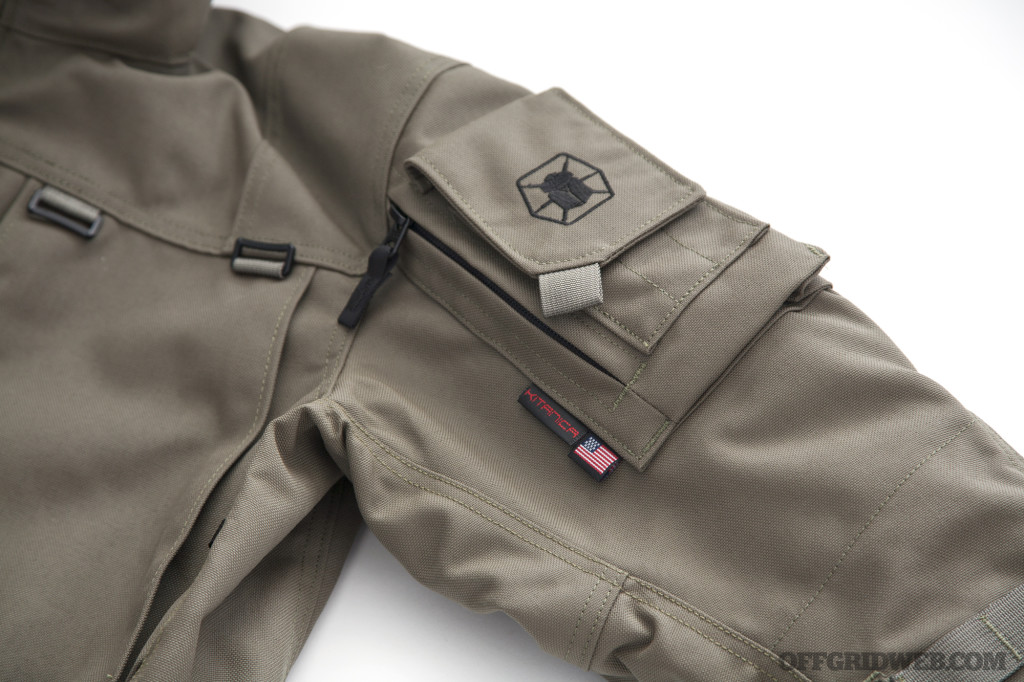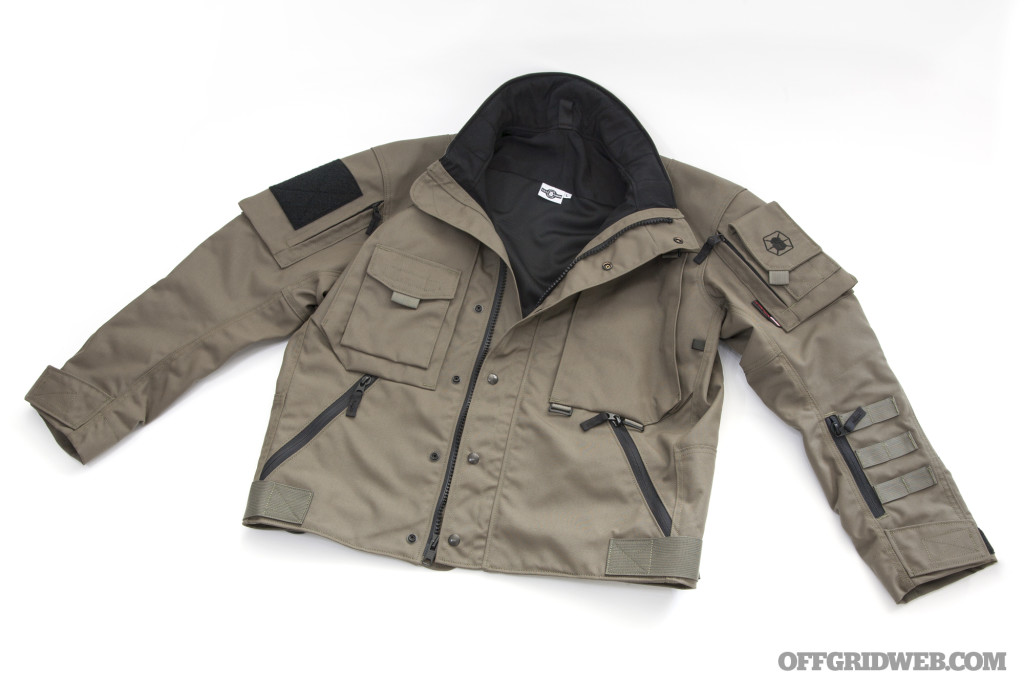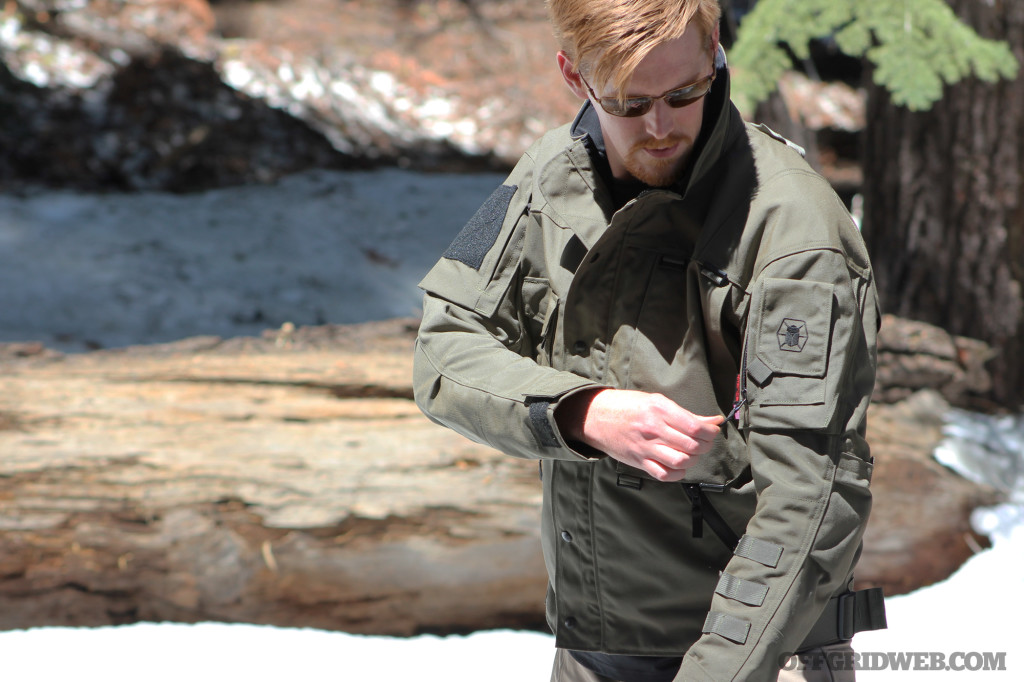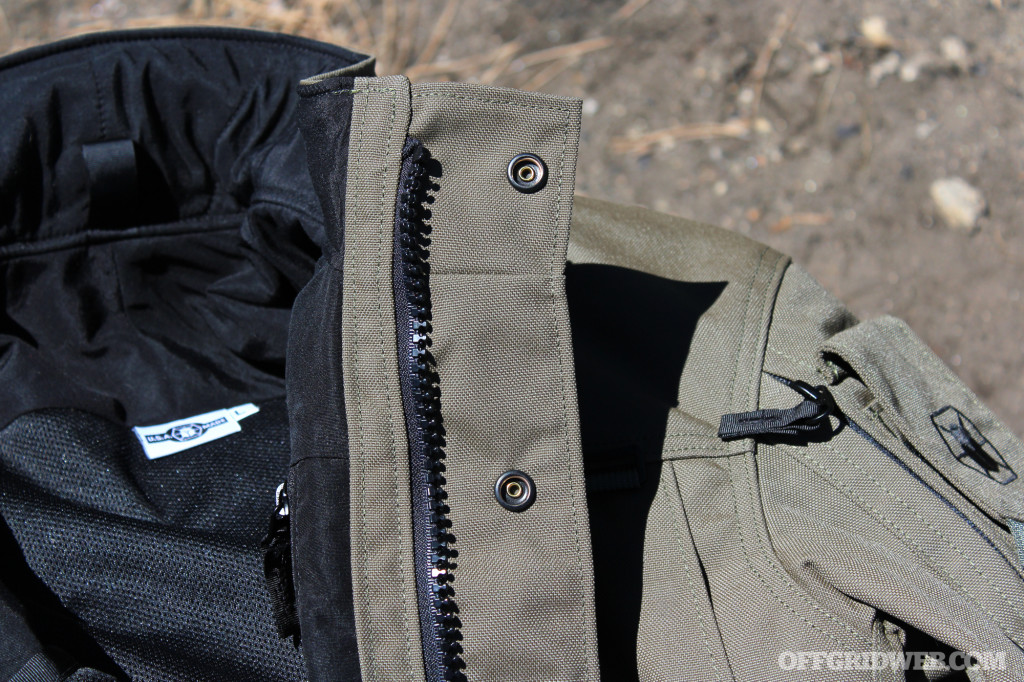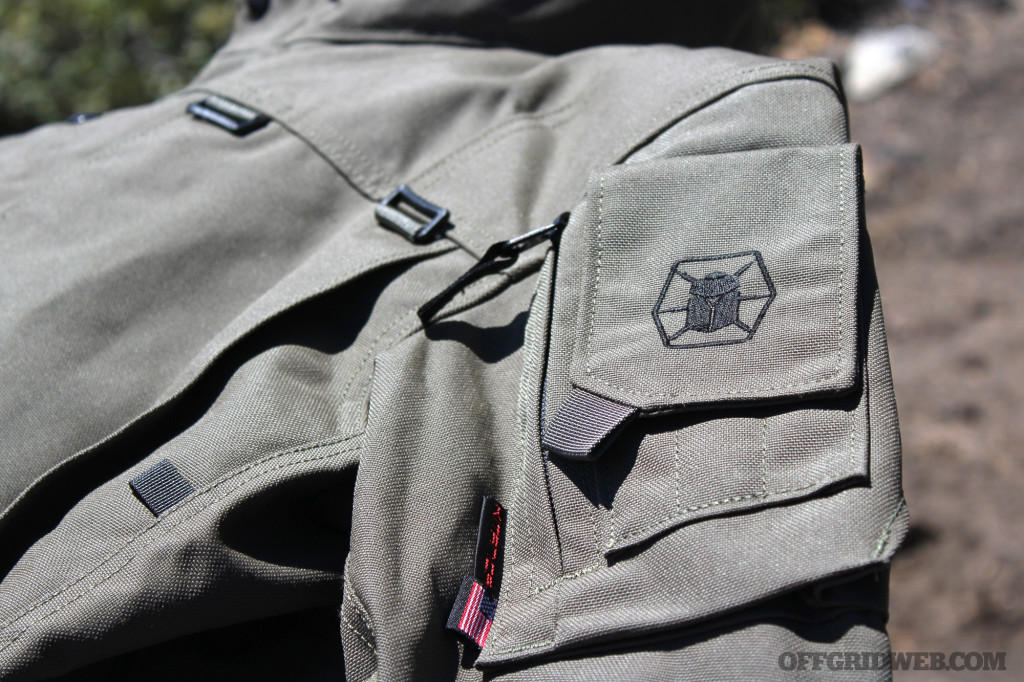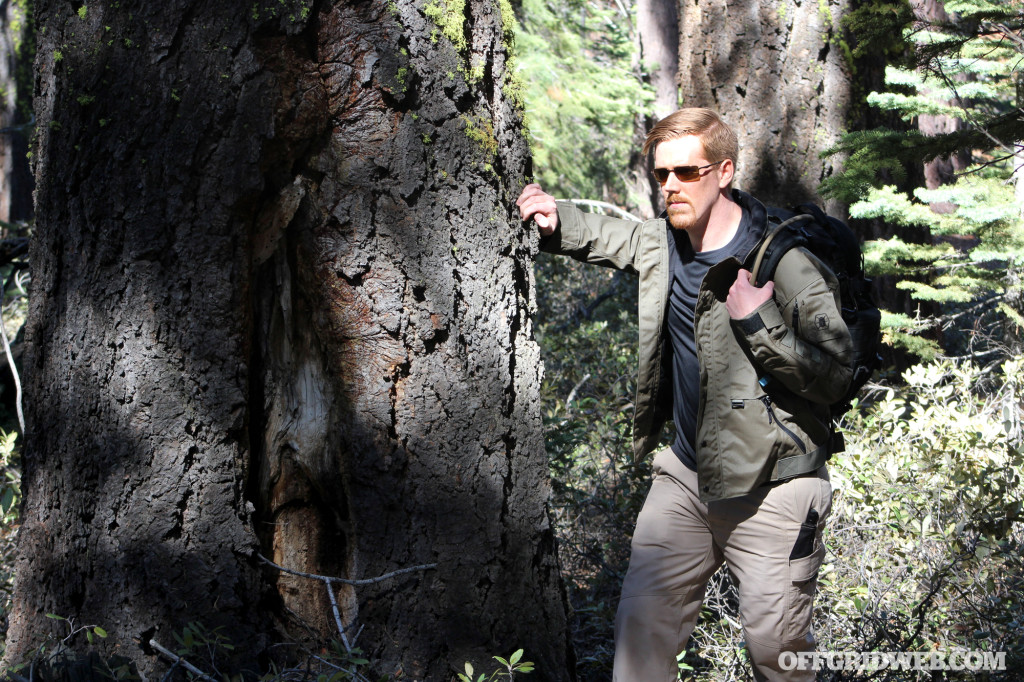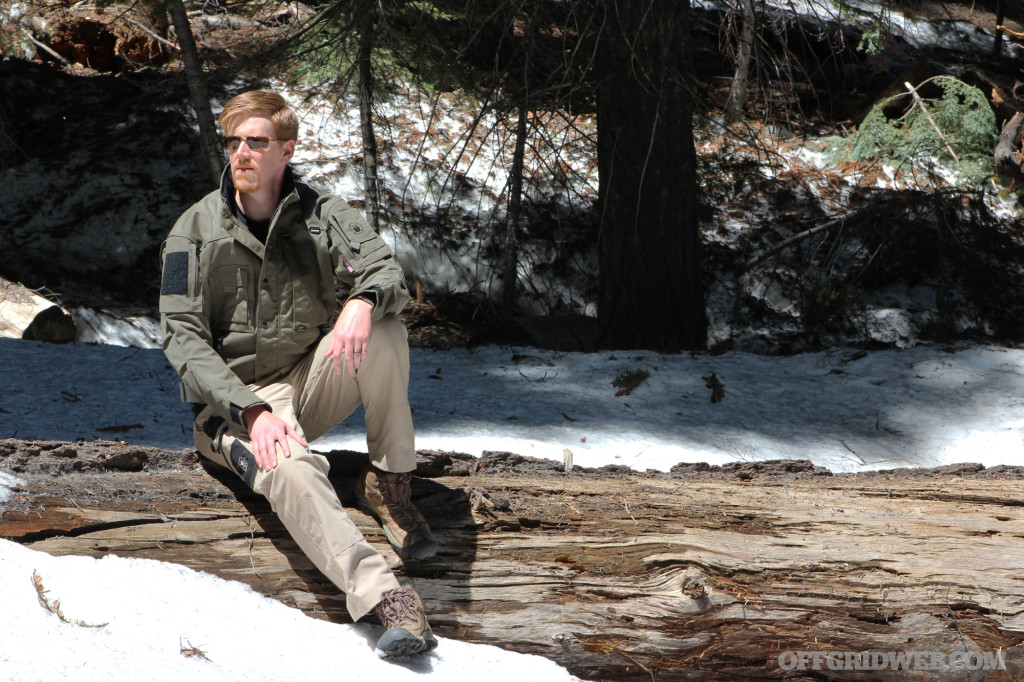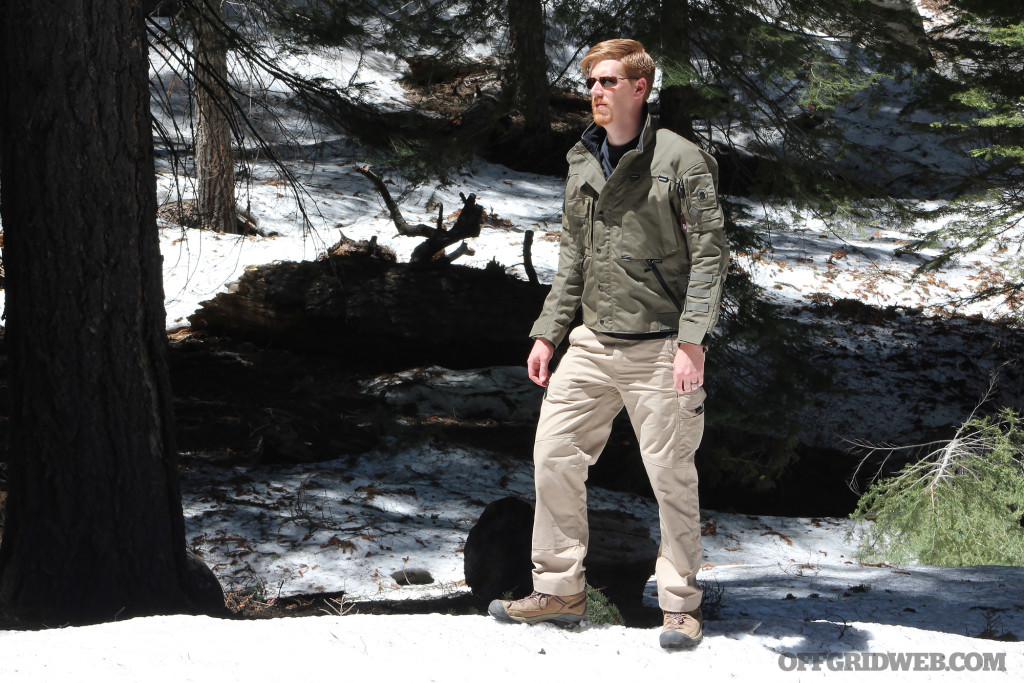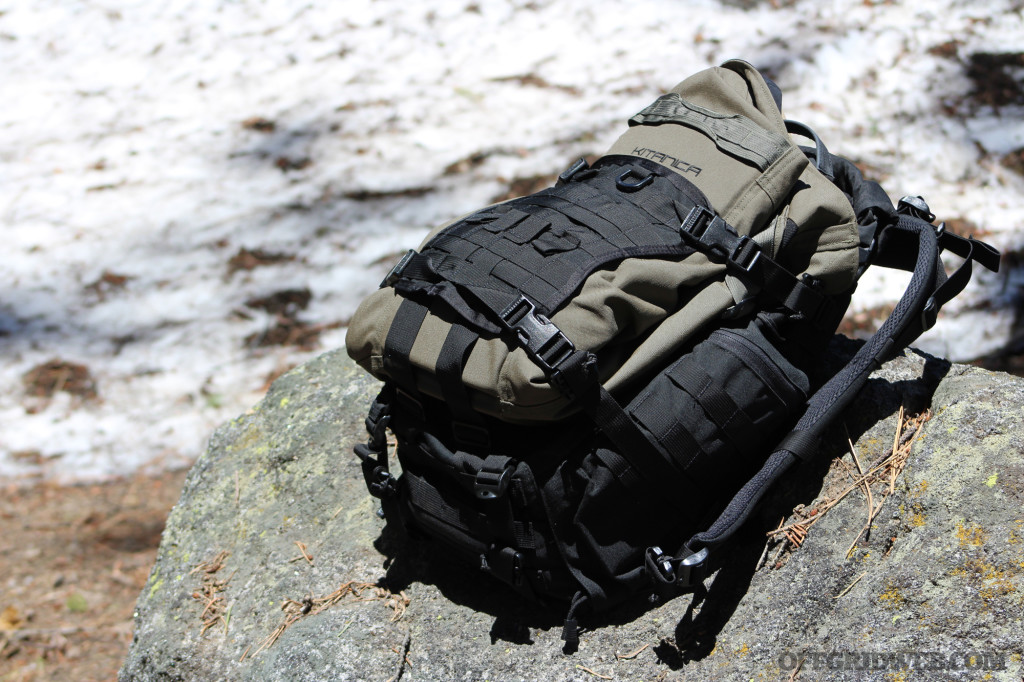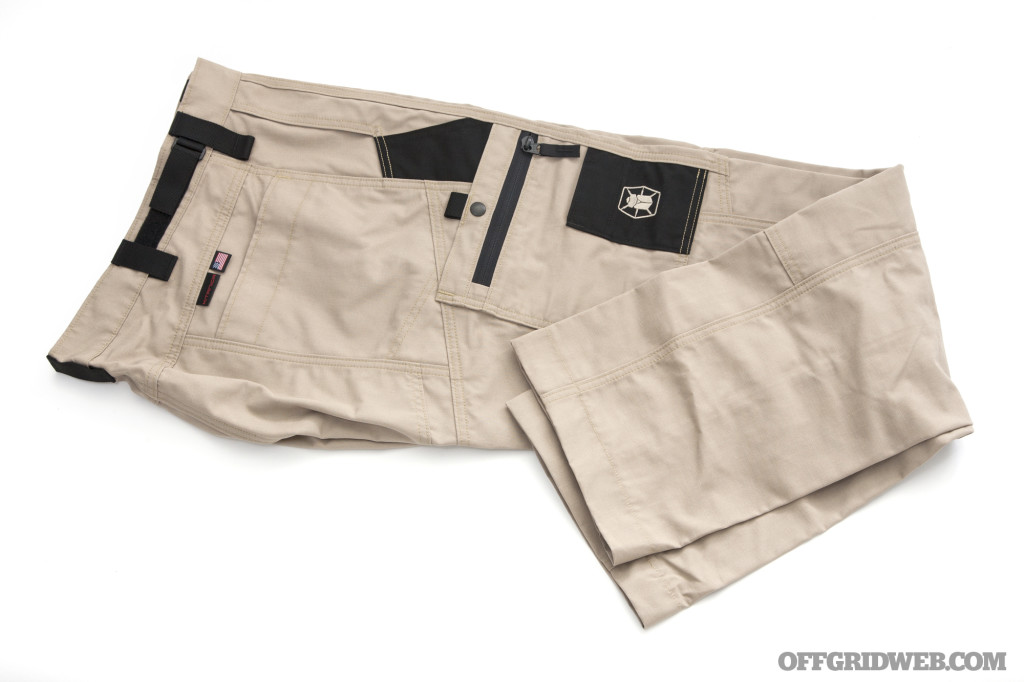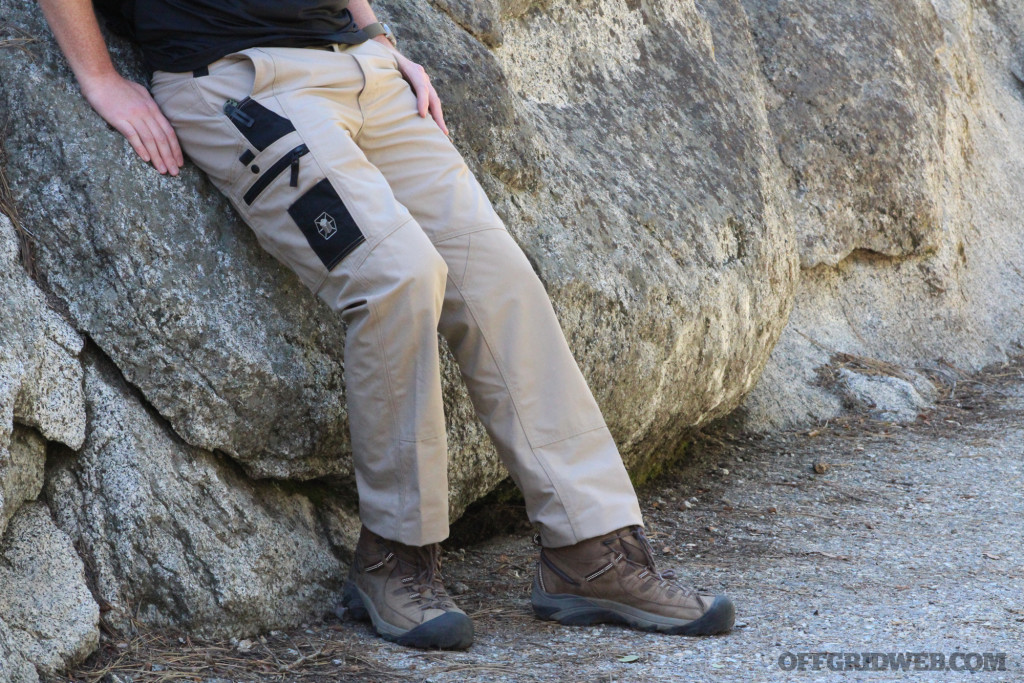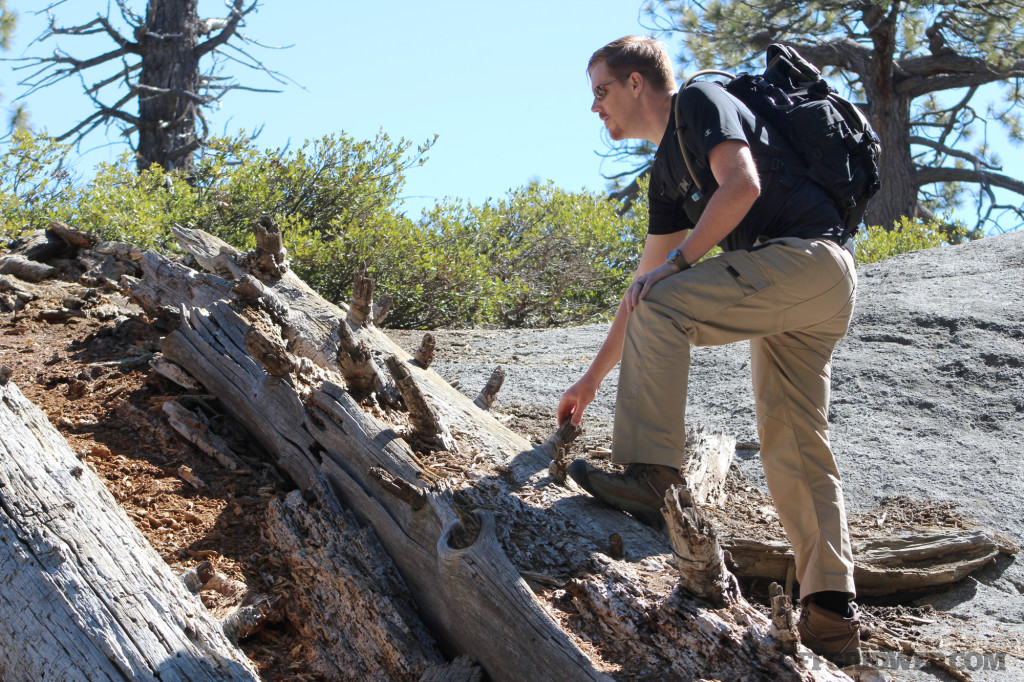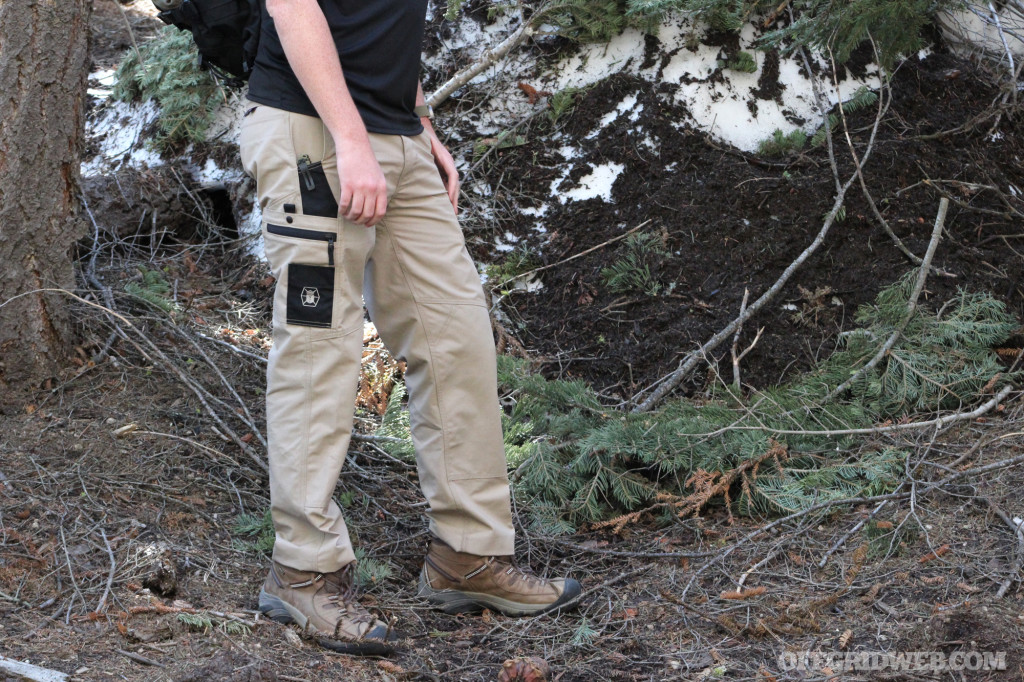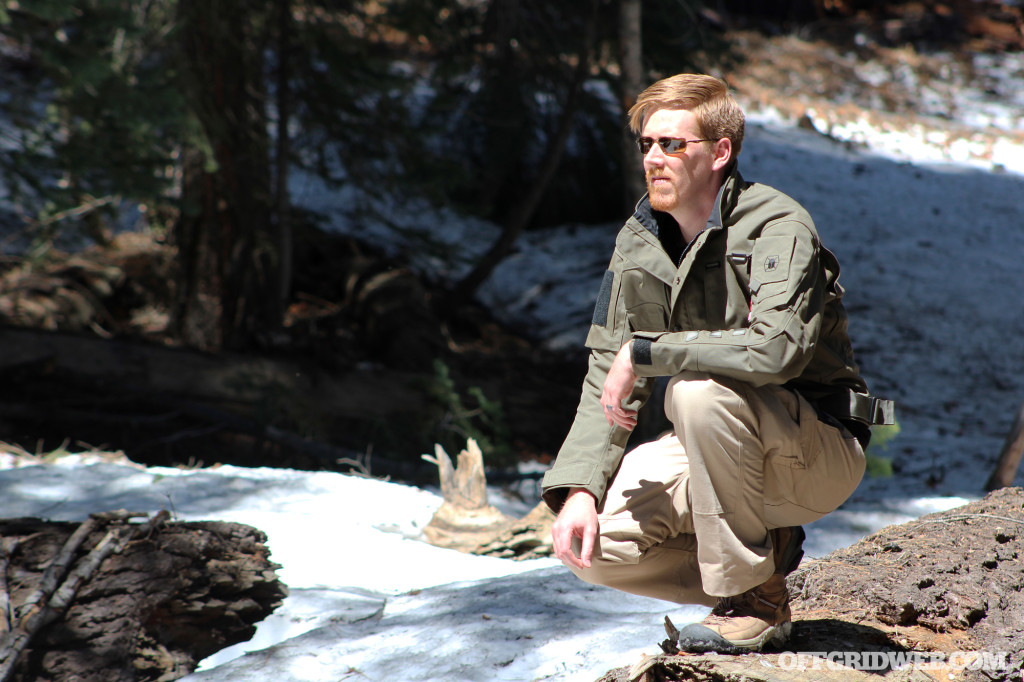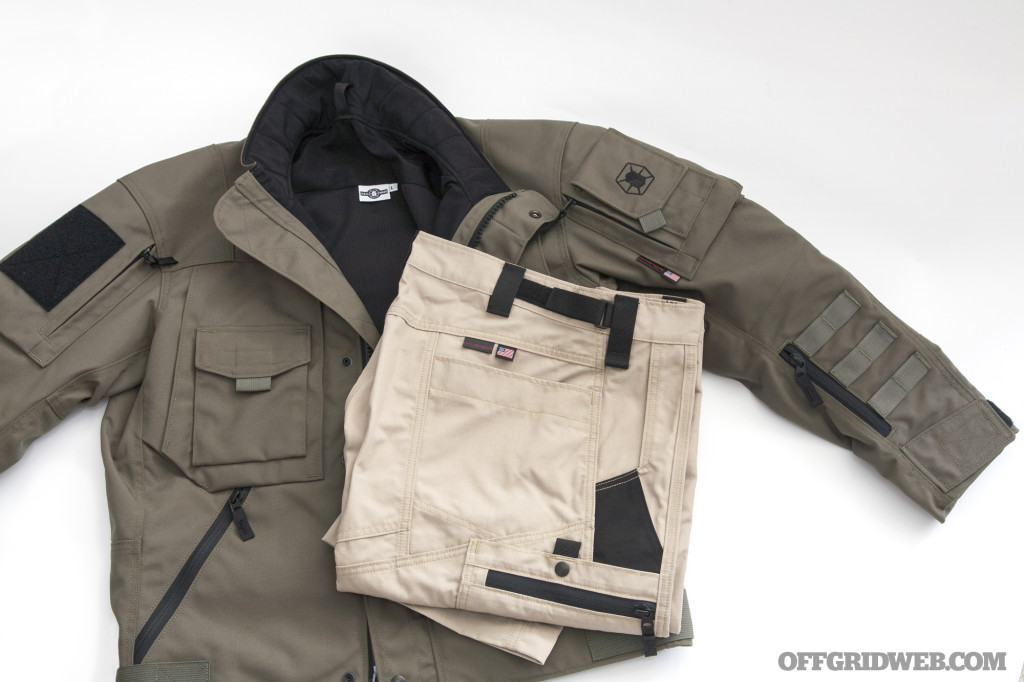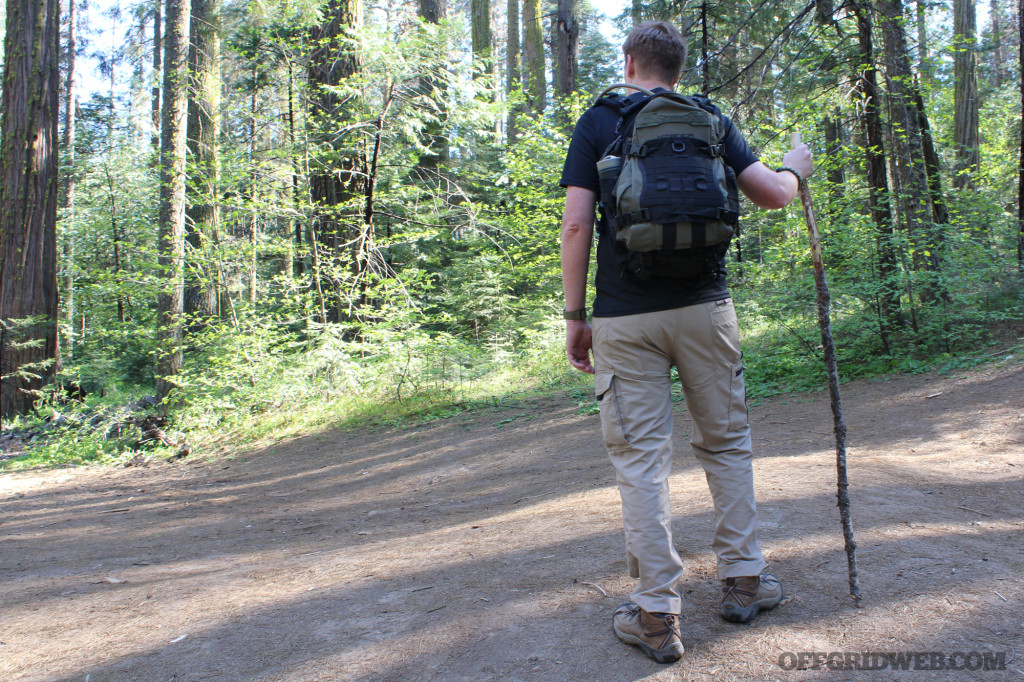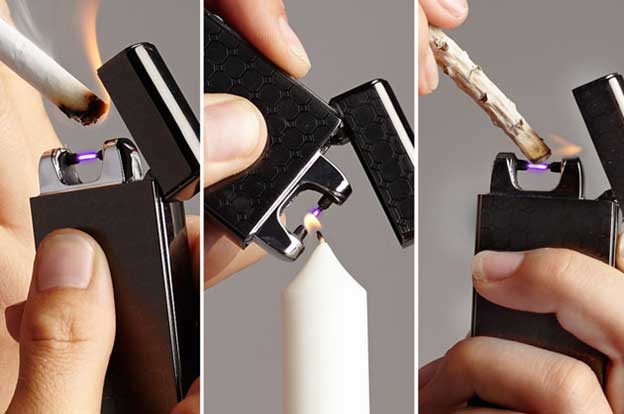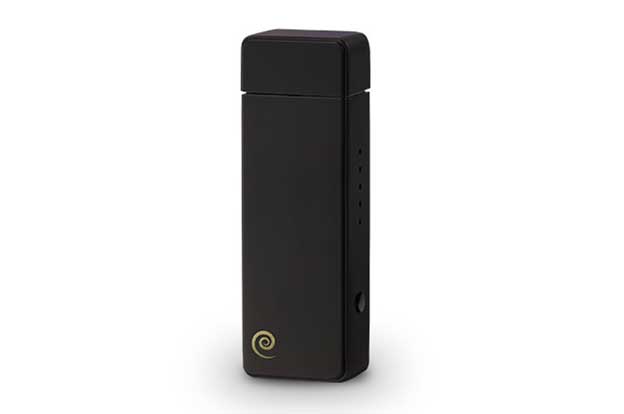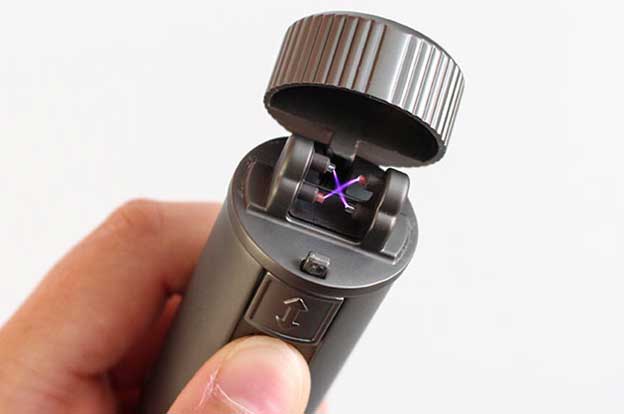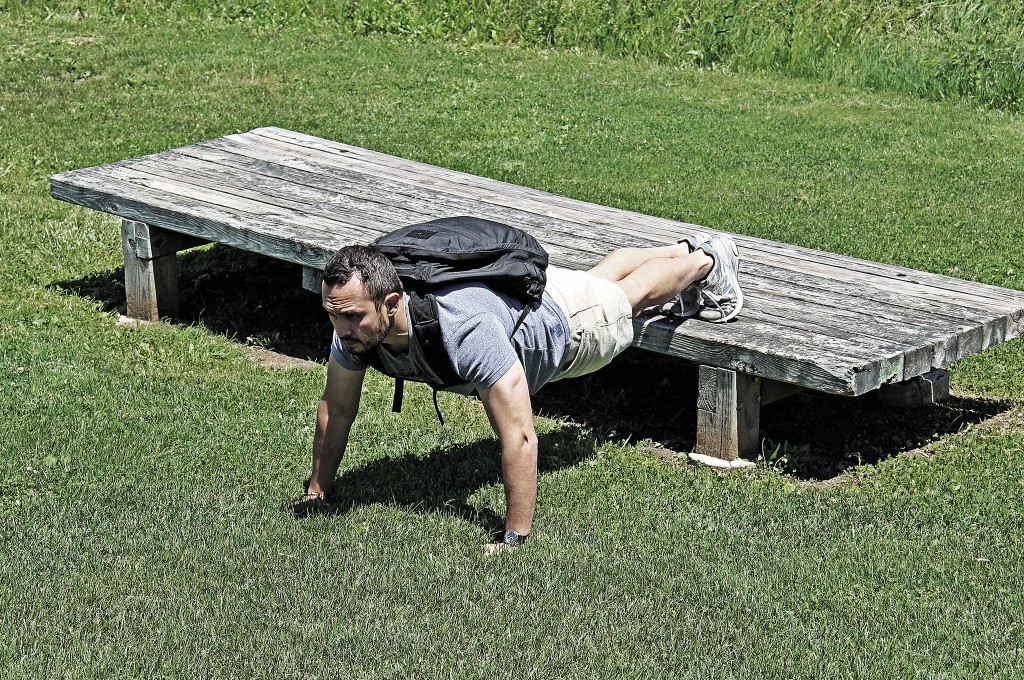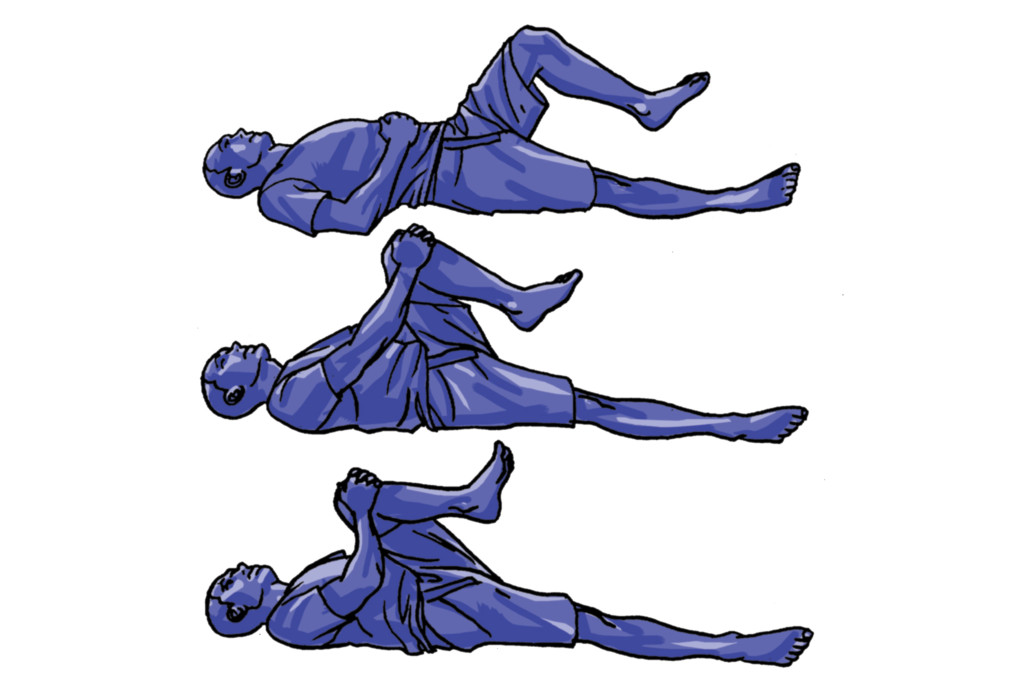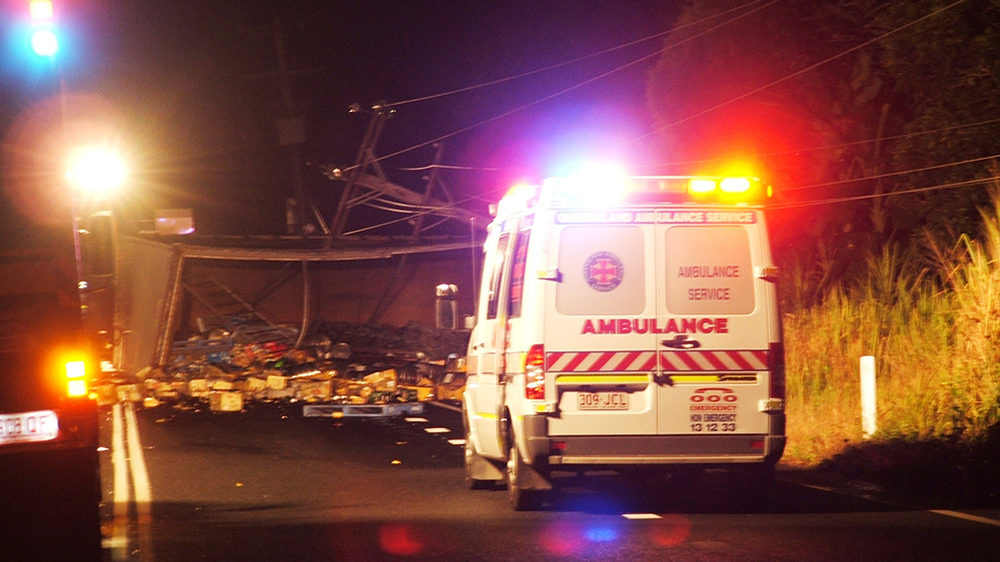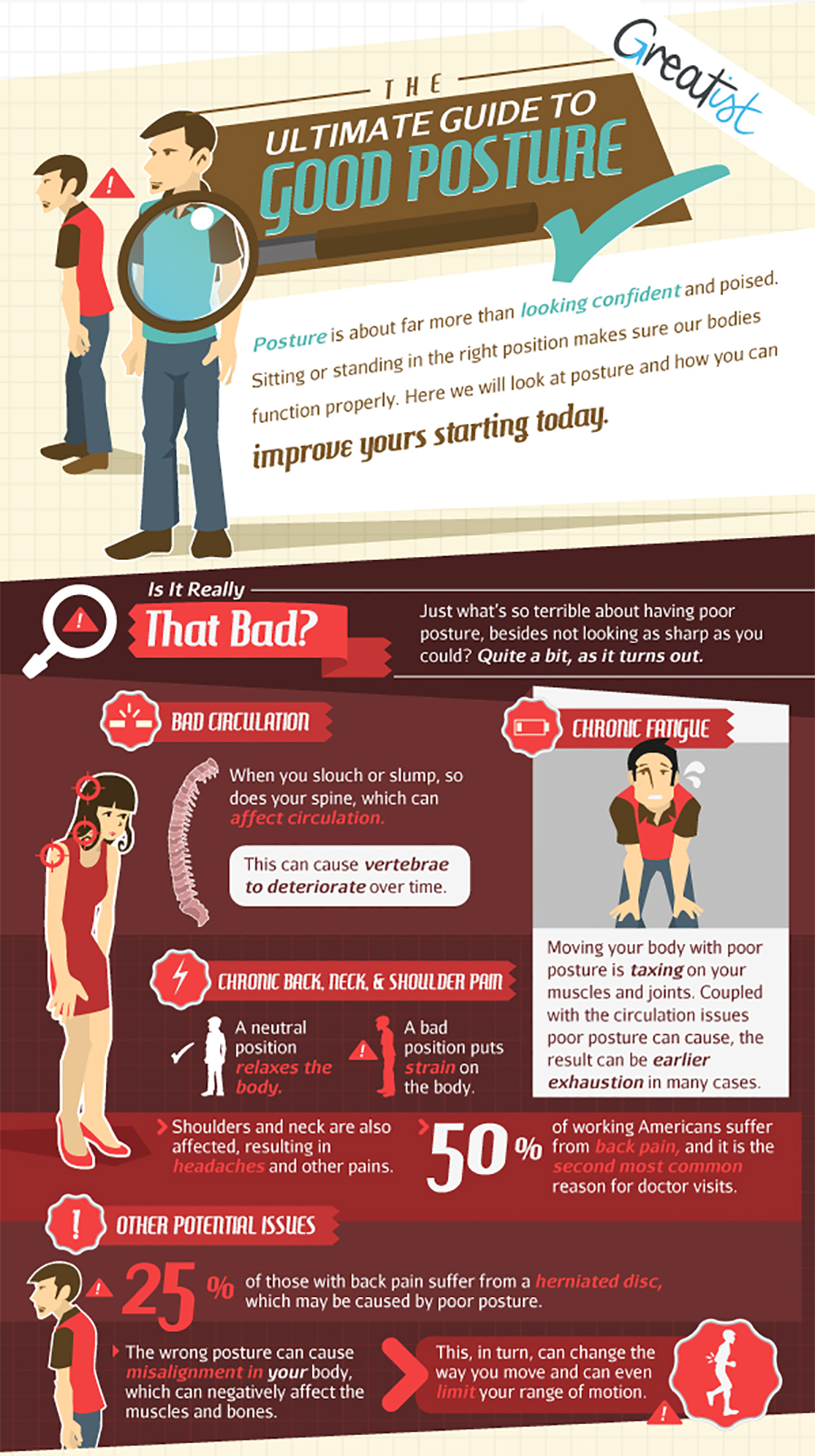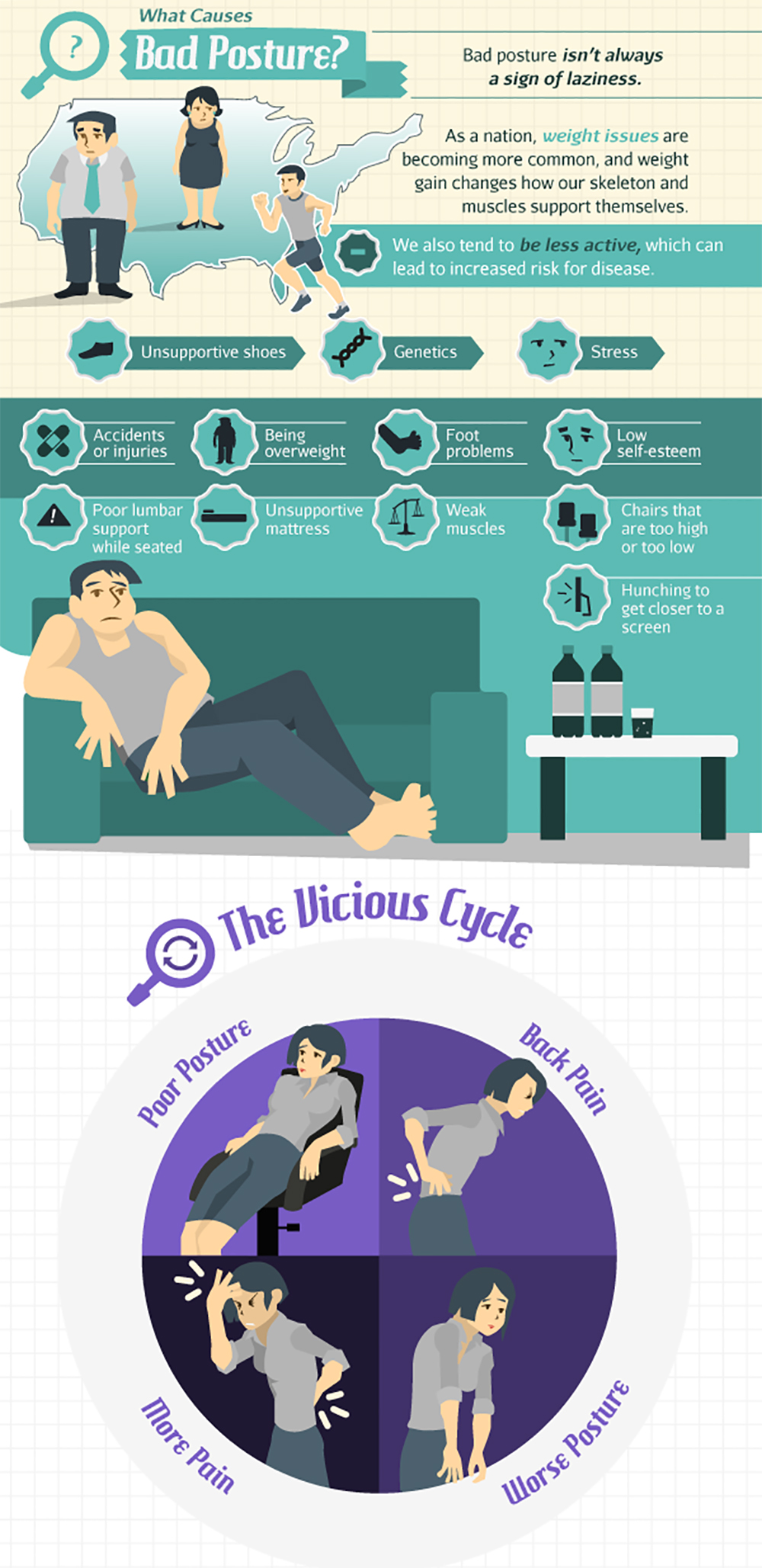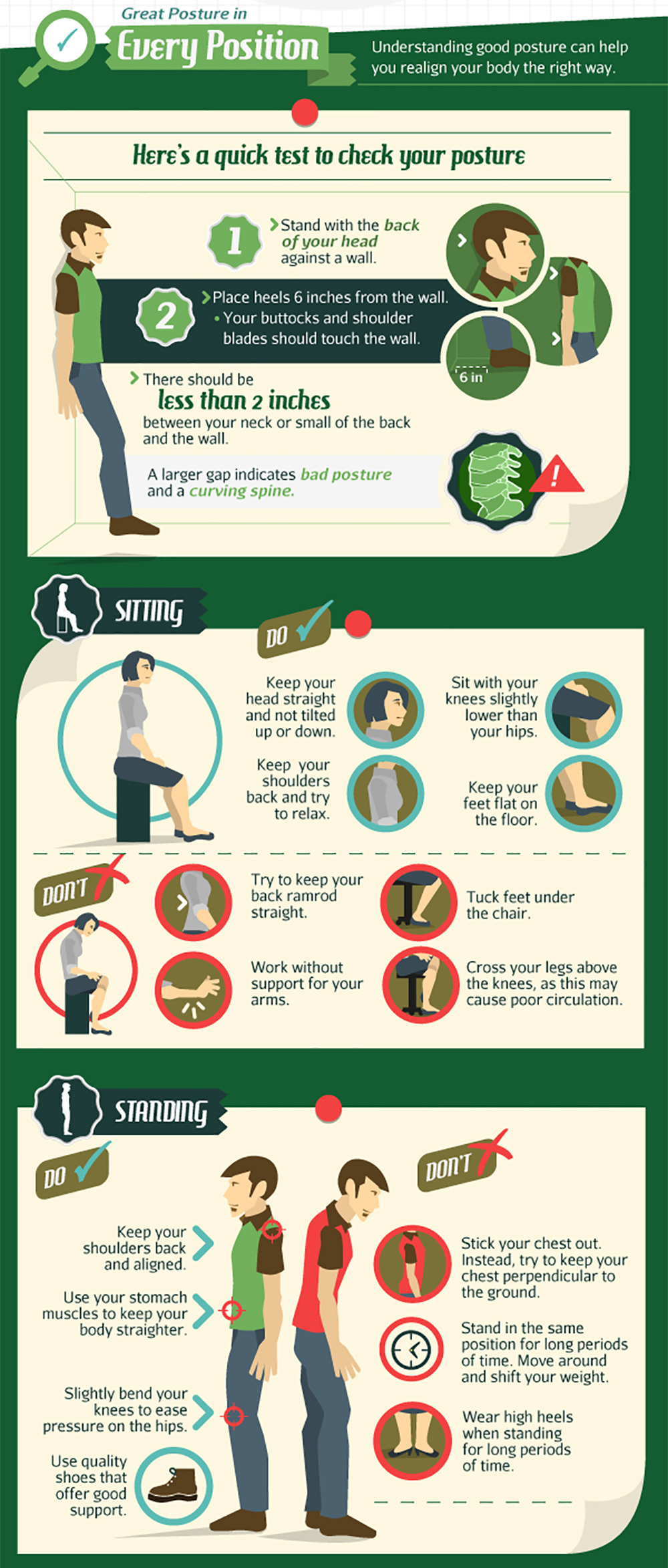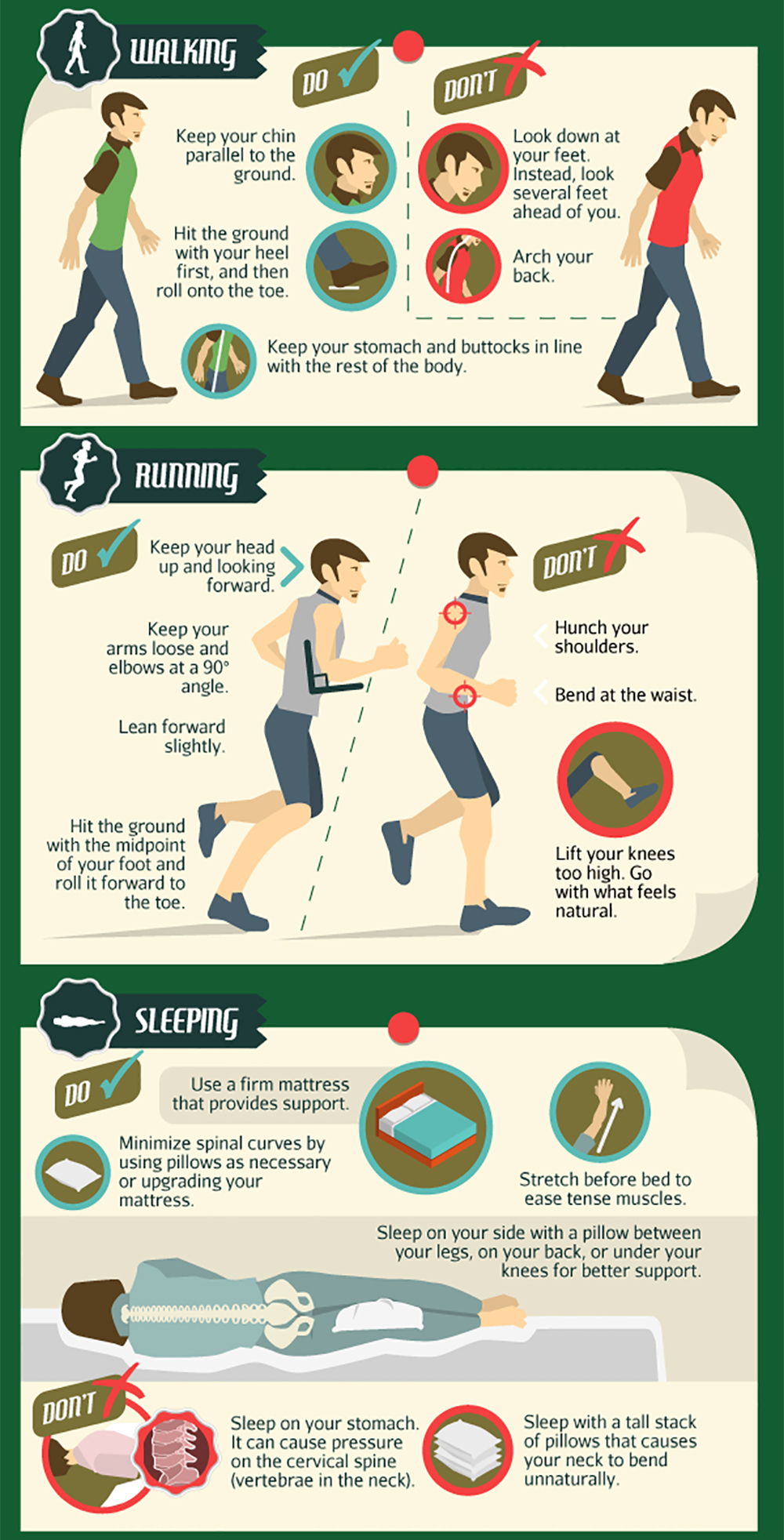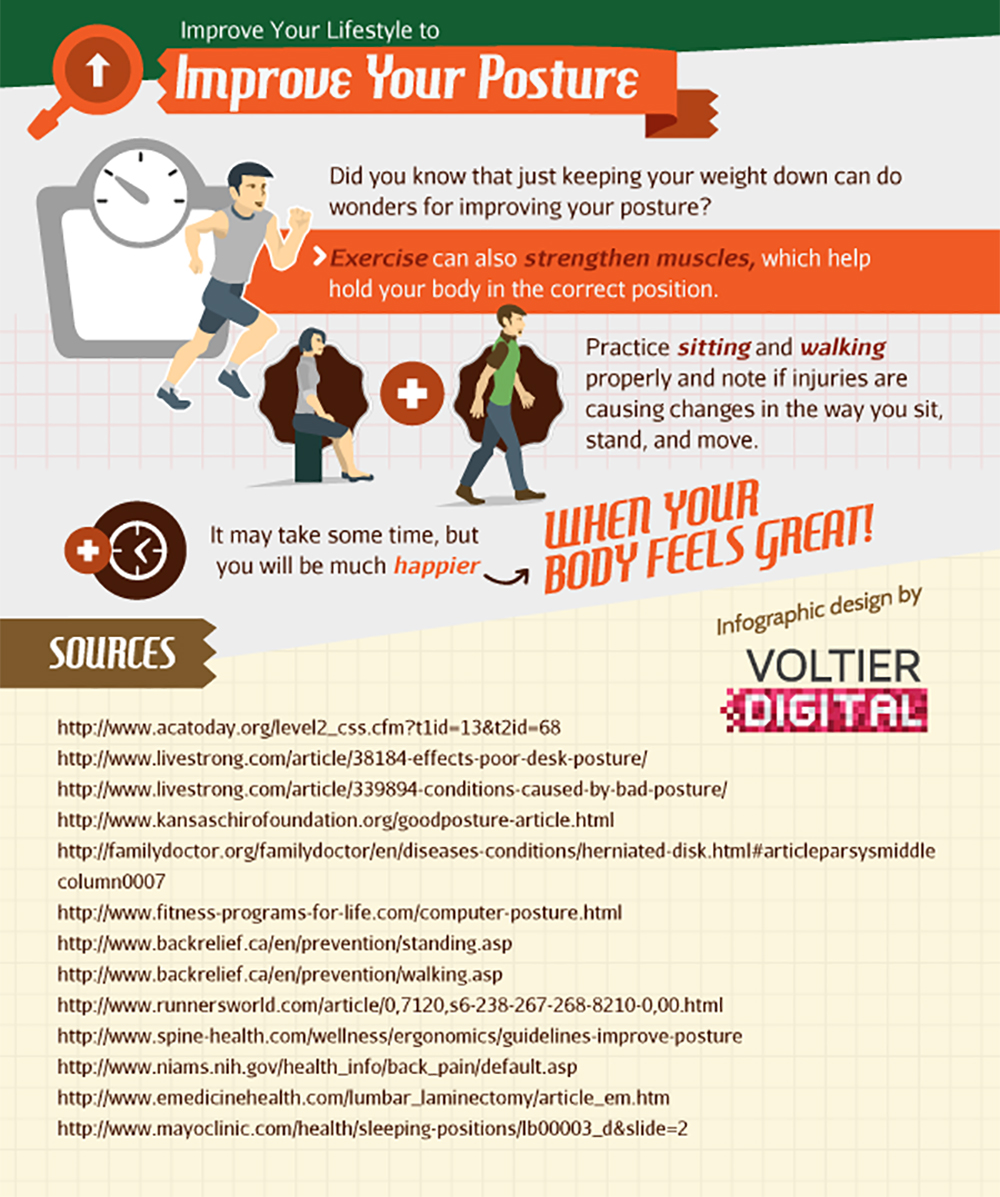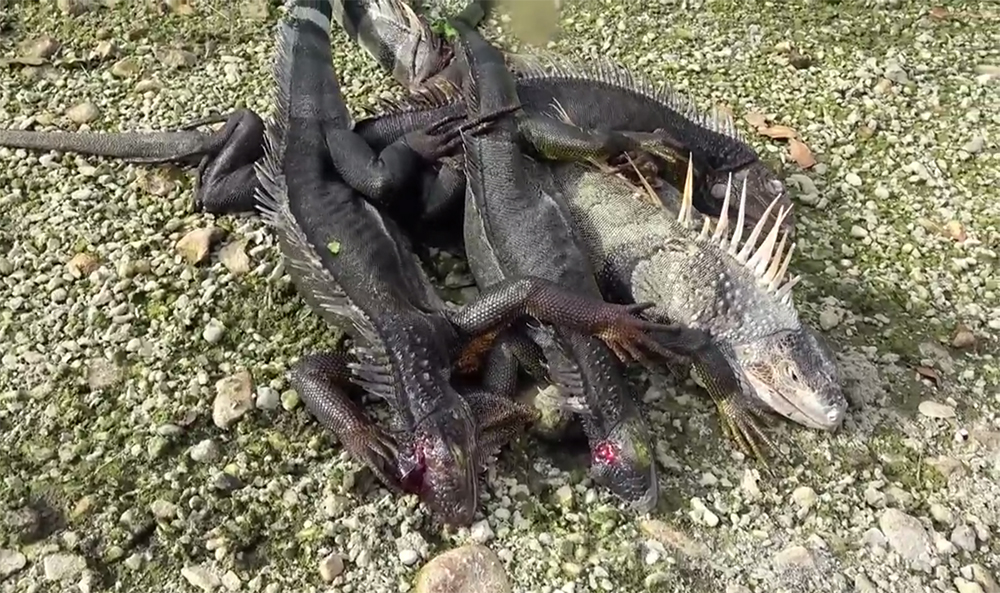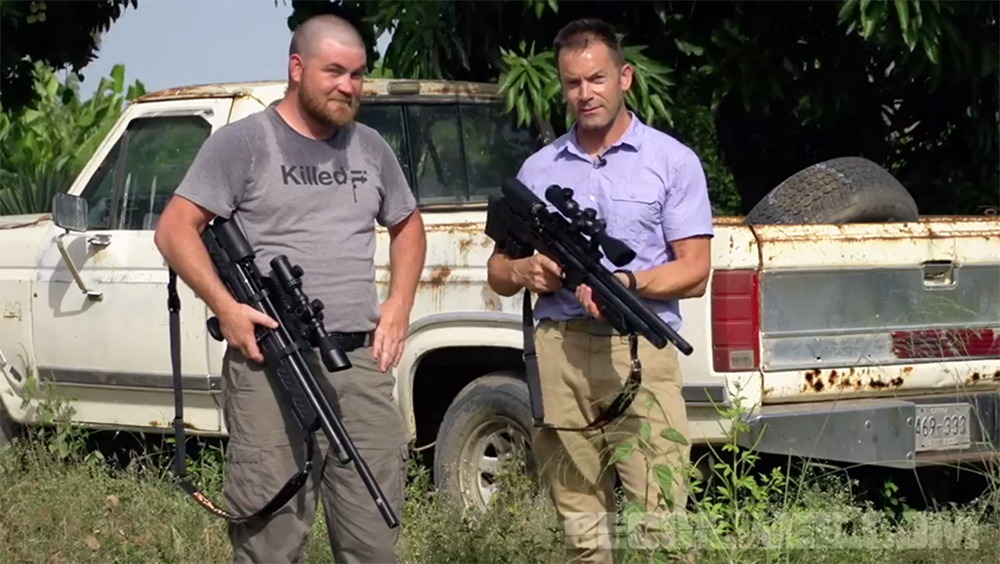Additional text by Steven Kuo. Photos by Firelance Media, Patrick Vuong, and Steven Kuo
Picture the worst of the worst. Another Hurricane Harvey catastrophe. Maybe a man-made crisis akin to the 1992 Los Angeles riots. Or perhaps it’s one of those end-of-days scenarios — say, a pandemic — in which you’re forced to flee to your secret bug-out property. After seeking shelter and making sure your loved ones have plenty of food and water, you focus on the next necessity: fire … and firepower.
In many survival situations, having a firearm (and knowing how to use it) may prove the difference between seeing a new dawn and, well, death. And when it comes to guns for survivalists, the AR-15 is an excellent choice. Mike Pannone, a veteran of both U.S. Army and Marine Corps special operations units and owner of CTT Solutions, says, “The AR is hands down the best survival rifle out there. It’s arguably the most forgiving modular system that’s ever been created.”
Eugene Stoner’s design is a jack-of-all-trades. An AR-15 can be set up in almost endless configurations to suit a variety of applications.
“The AR-15 is many guns in one,” says Kevin Estela, founder and lead survival instructor at Estela Wilderness Education. “With a single lower receiver, the survivalist can have one upper receiver set up as a carbine, another as a lightweight precision rifle, and another in a different caliber like .300 BLK, .458 SOCOM, or .50 Beowulf.”
It’s this adaptability that makes the AR-15 a go-to firearm for preppers and survivalists. After all, adaptation is just a synonym for survival.
With that said, we’re zeroing in on entry-level AR-15s that won’t cost more than a grand. After all, not every prepper can fork over two G’s for a badass rifle. Most of us working-class stiffs need to maintain a financial reserve for other necessities, such as rent and weekly groceries — let alone a six-month food cache and medical supplies. So, whether you’re looking to spend no more than $1,000 on your first AR-15 project or eyeing another gun that won’t implode your wallet, here are a few factors to consider before expanding your SHTF arsenal.
Entry Level AR-15 Advantages
Portability: AR-15s are available in handy and lightweight configurations; Pannone explains, “They make great mountain rifles.” An AR-15’s upper and lower receivers can be separated and stored in a case or backpack in a matter of seconds. While it’s not as concealable as a pistol, a broken-down carbine is far more portable than, say, an over-and-under shotgun, despite advocacy for the latter by certain former vice presidents.
Modularity: The AR-15 is the LEGO of the firearms world. No other powder-burning platform offers this type of customization. A survivalist can buy a bone-stock carbine for about $600 and — depending on your wallet size — dress it up or down for all sorts of occasions. Are you a shorter dude? Slide the telescoping buttstock forward and swap out the grip for one that fits your hand. Depleted your food cache and need to hunt before winter hits? Install a magnified optic and go forth. You could swap in a 6.5 Grendel upper receiver or just use 5.56 — it wasn’t designed for it but can definitely harvest larger game. If stealth is a priority because you’re afraid marauders might trace you back to your bug-out location, slip on a suppressor.
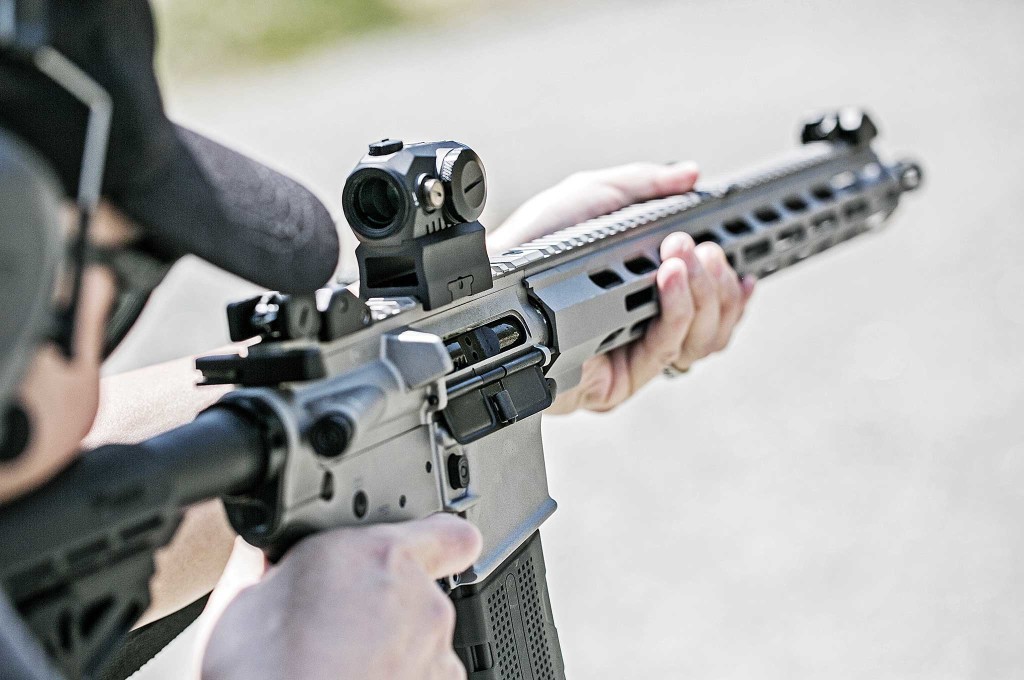
Lightweight and easy to handle, the AR-15 has enough firepower to handle a number of post-SHTF functions.
Shootability: The AR platform is renowned for its ergonomics and shootability. “Rifles are inherently more accurate than pistols,” Estela says. “Your average AR shooter can become as proficient as, if not more accurate than, an above-average handgun marksman.”
Frank Proctor, founder of Way of the Gun and an 18-year Army veteran (with 11 of them in Special Forces) echoes this sentiment: “ARs are easy to shoot, and they have tons of capability. It’s hard work to maintain your competency with pistols.”
Serviceability: In a survival scenario, the ability to service and repair your weapon is critical. Pannone emphasizes how easy it is to work on ARs: “You can rebarrel an AR with a punch, screwdriver, pliers, and a hammer. Once, I built an AR using a Multitasker and a hammer.” Moreover, he adds that “parts are CNC machined; you can easily interchange them, you can cannibalize them.” All this is ideal for a survival rifle.
Ubiquity: The AR-15 and its cartridge are as commonplace as skinny jeans at a hipster convention. In the event of a post-SHTF scenario, you’re more likely to find, or barter for, AR parts and 5.56 NATO rounds than more exotic ammo such as, say, .260 Remington. Estela adds that, due to its ubiquity, you’re also more likely to know or encounter someone with gunsmithing knowledge who could help with repairs if needed when your gun goes down.
Entry Level AR-15 Disadvantages
Maintenance: Due to its direct impingement mechanism, the AR can get pretty dirty with heavy use. Keep it lubricated and exercise a modicum of care — especially in a post-SHTF world — and you’ll be fine. How many sustained firefights do you expect to be in anyway? More likely scenarios include hunting and occasional defensive use. “If an AR’s not in hard use,” Pannone says, “it’ll last basically forever.”
Reliability: The AR platform is not based on a terribly complex mechanical system, but there are more things that can go wrong when compared to a simpler bolt-action rifle. AR magazines are a notorious weak point, but they’re cheap and plentiful. Buy lots of spares and you’ll be fine.
Should You Buy It?
When it comes to obtaining a budget-friendly AR-15, there are generally two routes: buy it or build it.
Purchasing a complete AR-15 is the way to go for many a prepper who doesn’t have the time, tools, or know-how to build their own. With magazines and iron sights, a stock gun comes out of the box ready to do work, requiring no assembly or modifications. And with a price tag ranging from $500 to $800, it’s within reach for most financially stable survivalists.
However, a stock carbine typically comes without two vital components: a sling and a weapon-mounted light. A sling for a long-gun is the equivalent of a holster for a handgun. It’s a necessity — whether you have to bug out over steep terrain or go hands-free to carry your child. Having a weapon-mounted light on a survivalist’s gun is absolutely essential as well.
“You gotta have a light,” Proctor stresses, “You need to see what you’re shooting at.” This could make the difference between shooting a bad guy and shooting your coat hanger or, heaven forbid, a loved one.
To demonstrate how to overcome these drawbacks, our editor Patrick Vuong set out to prep a stock carbine for a total cost of $1,000 — or less.

The foundation for his budget AR project was the Aero Precision AC-15. This complete rifle has all the features you’d come to expect from a cost-efficient rifle that still maintains Mil-spec quality and is manufactured in the USA. It features a 16-inch 4150 chromoly vanadium barrel, carbine-length gas system, and a Magpul MBUS Rear Sight paired with the standard A2 flash hider. While it has an MSRP of $699, we’ve seen it online for $500.
We chose a $43 Vickers ONE Sling from Blue Force Gear because it’s a lightweight model with a minimalist two-point design. This presented our first problem in the buy-versus-build debate: the AC-15 didn’t have a sling attachment point in the front. While it came with a sling swivel installed on the buttstock, there was no corresponding mounting point on the fore-end. Enter Blue Force Gear’s Universal Wire Loop for $25. Made of flexible nylon-coated stainless steel wire, this little device lets you attach a sling through eyelets, loops, slots, or any other opening on almost any long-gun.
Next up, we found our lighting solution in the Streamlight PolyTac. Unlike comparable models that cost two to four times as much, this reliable light puts out 275 lumens for a max of 65 hours and a range of 213 yards for just $69.
Now, the next complication: how to attach the light? Most entry-level carbines have just one Picatinny rail on the upper receiver. We could replace the standard M4-style handguard with a free-floating rail (to attach a light and other goodies), but we wanted to see what our options were, and how much we could save. So, we installed the TMC 1-Inch Light Mount-N-Slot at the 11 o’clock position. It attaches to the top vent holes on any standard M4/M16-style handguard using the included hardware and tools. It retails for $60, but we’ve seen some online vendors sell it for $50. This setup might feel a little cramped, but it works just fine.
With our project clocking in at $897 (or $657 in street prices), we were well under our $1,000 max. Success.
With the extra wiggle room, we added two additional parts that would greatly enhance the AC-15: a Bushnell TRS-25 HiRise red-dot optic and a JARD ARJ trigger kit. We recalculated. Our project would cost $1,045 based on paying retail but only $810 with street prices. That left $190 for ammo.
With some judicious online shopping and a few easy installations, we gave our stock AC-15 a mild face-lift that exponentially increased its functionality and performance. On the bench, the AC-15 pleasantly surprised us with 1.1 to 1.4 MOA 5-shot groups with Freedom 55-grain and an impressive 1 MOA best group with Gorilla 69-grain Sierra Match Kings. (An MOA is an angular unit of measurement that equates to roughly 1 inch at 100 yards.) With a carbine-length gas system on a 16-inch barrel, it’s jumpy and rough (for an AR) but reliably ate everything we fed it.
Should You Build It?
While our head editor chose to buy an AR, contributing editor Steven Kuo sought superior results by building his own. By investing some sweat equity, you can configure your rifle exactly to your desired specs with the specific components you want — no need to swap out parts you didn’t ask for in the first place. If you’re patient, you can slowly collect all the parts you need by taking advantage of promotions and sales to keep your costs down.
But we offer a note of caution as well — if you’re building your own survival rifle, be sure that you’re willing to stake your life on your handiwork. Proctor suggests that “if someone knows what they’re doing, DIY is a good way to go.” But he notes that of the rifle malfunctions he observes in his classes, many are the result of students who made mistakes in assembling their own weapons. The more experience and practice you have at it, the better.
Plan your build carefully and channel your most OCD self when putting it together. Then run your gun hard and make sure it’s up to the task.
For this DIY project, we had a target budget of $1,000 at street prices. That’s tough to achieve and, as always, involves making some trade-offs. Generally speaking for this build, we focused on creating a solid foundation that could continue to be upgraded over time. For instance, the basic furniture can easily be replaced as funds allow.
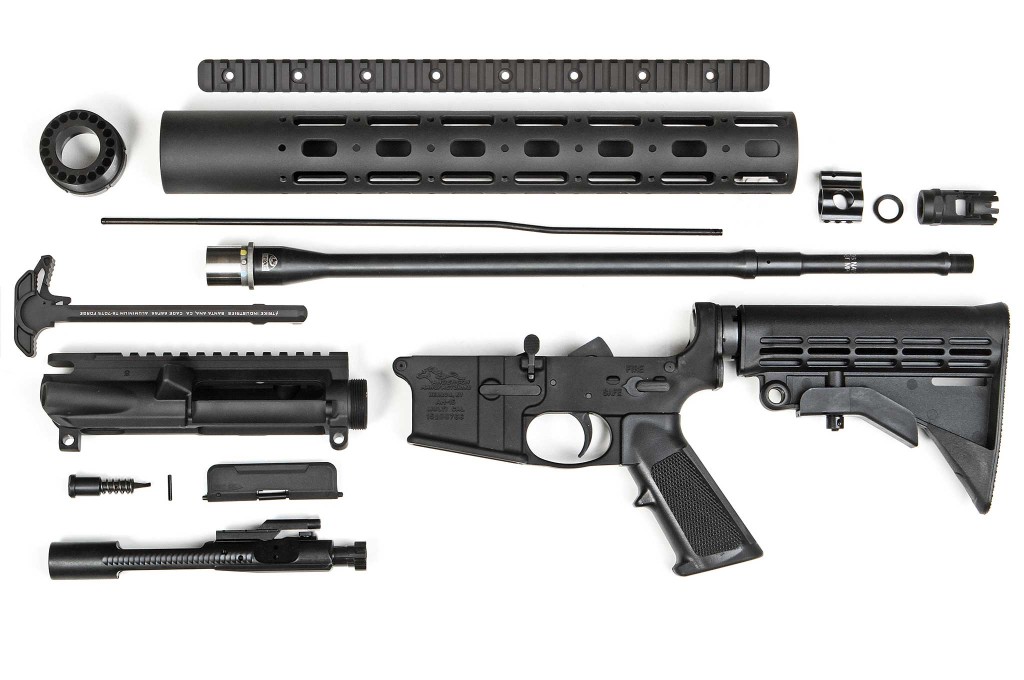
Building your own AR allows you to select that just-right-mix of parts and features that’ll best serve your needs.
We started with a receiver set from Anderson Manufacturing that was very economically priced. Because we’re detail-oriented gun nerds, we stripped it down and threw it on a Bridgeport mill with a digital readout to check that everything was in spec. First, the bad news: The castle nut on the complete lower receiver wasn’t staked and easily spun off the receiver extension. However, that was simple to remedy. The good news: All dimensions and holes were completely within spec.
As a general purpose survival rifle, our goal was to build a handy, light, reliable, unfussy, jack-of-all-trades. Going with an 18-inch barrel with rifle-length gas system meant that we’d enjoy good muzzle velocity and have a forgiving and soft-shooting gun. Pannone notes that “20-inch barrels are very forgiving, and while 18-inchers lose some gas pressure, if the gas port is cut right, it doesn’t matter.” We tested our Faxon Gunner-profile 18-inch barrel with light loads, and it ran like a top. Furthermore, it was very controllable with a soft recoil impulse using standard components — no need and no desire for adjustable gas blocks, lightweight bolt carrier groups, and custom buffers in a survival rifle. We paired it with AIM Surplus’s black nitrided Mil-spec bolt carrier group, a cinch to maintain.
The Faxon barrel liked 55-grain ammo, turning in 1.2 to 1.5 MOA 5-shot groups. Our 69-grain match ammo didn’t fare quite as well, with groups ranging from 1.4 to 1.8 MOA.
An extra long Nordic Components handguard perfectly sheathes the 18-inch barrel and provides a lot of real estate for accessories and the shooter’s support hand. The economical and bright Streamlight TLR-1 HL perches comfortably at 12 o’clock on the rail, easily actuated by either hand.
Strike Industries offers a line of nicely designed AR parts at hard-to-beat prices, which we used to finish off the upper receiver and cap off the barrel with a muzzle brake. Then we took a Dremel and sandpaper — can’t have a home gunsmithing project without breaking out the Dremel — to the stock A2 pistol grip to remove the annoying finger bump and save money on furniture. The Way of the Gun’s Proctor Sling is low priced and extremely versatile, with smooth adjustment and built-in loops that can be easily attached to any weapon without any additional hardware. Note that it’s a minimalist sling, so it doesn’t have any padding that might ease your load on long treks.
With the limited remaining budget, a Bushnell TRS-25 HiRise completed the project. The optic was chosen for the DIY project independently of the AC-15 build, a testament to its popularity as a capable budget red-dot.
You might notice we haven’t discussed the trigger (and that the photos show a stock trigger). Many on the editorial staff are trigger snobs, including yours truly, and high-end triggers are expensive. So the original intention was to leave the trigger for a future upgrade after securing additional funds. However, upon a recalculation of street prices after our photo shoot, we found enough leftover to splurge on the moderately priced ALG Defense ACT. It’s like the ultimate Mil-spec trigger, with a clean, consistent break (ours at just over 5 pounds) and minimal overtravel. It gets the job done, is dead-nuts reliable, and was a great addition.
All told, we tallied up a street price of $1,008 and an MSRP of $1,288; sorry we’re $8 over — skip that venti latte for a couple of days and you’ll be fine. The total build as shown weighs in at a half ounce under 7 pounds. Given additional budget, we’d consider easily installed upgrades such as new furniture, a better trigger, and a low-power variable optic (budget aside, a trade-off in capability versus weight).
What About Turnkey?
In times past, AR consumers only had two options to get the rifle they wanted. The first was to purchase a stock carbine and upgrade it a la carte. This often leaves the buyer with extra parts that they won’t use and can’t get rid of. Adding or swapping out parts on an existing base gun can also lead to a lot of redundant purchasing.
Alternatively, you can “roll your own” as Steven did, and build the entire rig yourself. While this will get you exactly the specs you want, it takes hours upon hours of research to 1) figure out exactly what parts you want and 2) find them in stock at the right price. Franken-gun builds are often tedious and time consuming, with the physical construction of the rifle being the easiest part.
But manufacturers are beginning to put their fingers on the pulse of the market, and several are coming up with prepackaged solutions that include, out of the box, some of the more common aftermarket accessories.

SIG SAUER’s M400 Elite is one such example of an “upgraded entry-level” offering. It comes with features not typically found on entry-level AR-15s: a red-dot sight, a free-floating handguard with low-profile M-LOK accessory mounting points, an enhanced factory trigger, more ergonomic grip and buttstock, and a 16-inch nitride barrel equipped with SIG’s Micro-light Gas Block. If you were to assemble similar options on a stock gun, the total price could be closer to $1,800. SIG offers the M400 Elite for $1,359, or $1,200 without SIG’s ROMEO5 sight.
We had the opportunity to test this rifle at the SIG Academy in New Hampshire and can attest to the quality of the parts installed.
The M400 Elite was comfortable to handle during a daylong rifle course, thanks to SIG’s proprietary furniture and sleek handguard. Though the Enhanced SIG Trigger didn’t wow us, it had no over-travel and the reset was short. Targets were quickly acquired with the ROMEO5’s 2 MOA red-dot. And though we obviously didn’t have five years to test its claim of a 40,000-hour battery life, the sight’s motion-activated illumination is handy for power conservation, especially in long-term survival situations where you won’t find a bounty of CR2032 batteries lying around.
Is it as elite as its name implies? No. But did we enjoy it? Quite a bit. If we had an extra $200 to $400 in our budget, we would seriously consider the M400 Elite as a convenient out-of-the-box alternative.
Bought
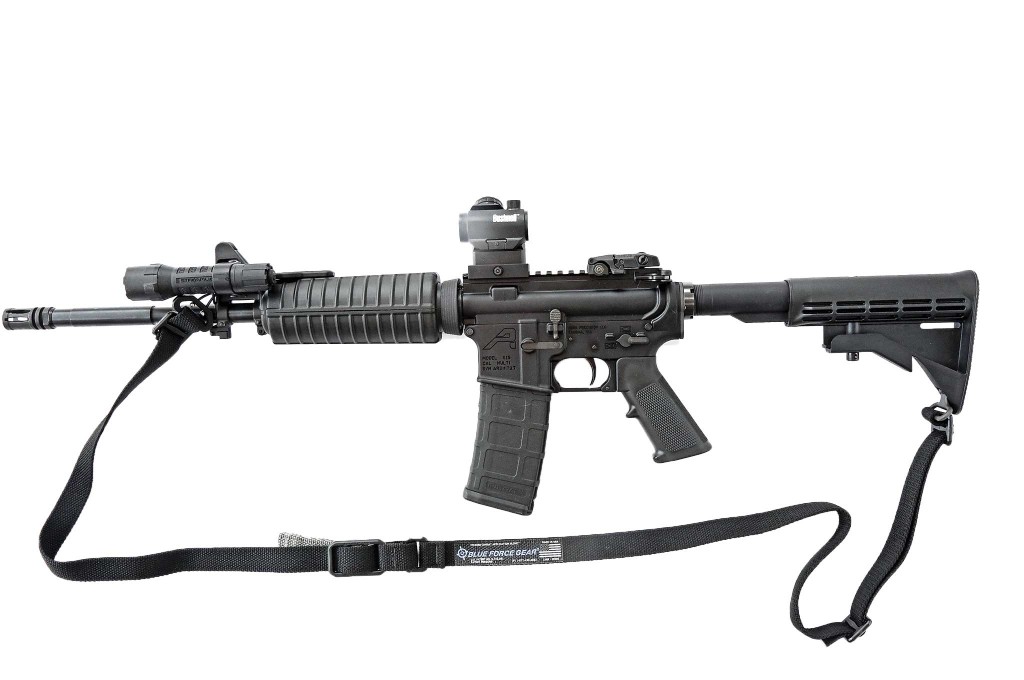
Built

Turnkeyed

| SIG SAUER M400 Elite |
|---|
| Caliber | 5.56 NATO |
| Barrel Length | 16 inches | |
| Overall Length | 32 inches (collapsed)
35.2 inches (extended) | |
| Weight (Unloaded) | 7.3 pounds | |
| Category | Product Name | MSRP |
|---|
| Firearm | SIG SAUER M400 Elite
www.sigsauer.com | $1,200 |
| Firearm and Optic | SIG SAUER M400 Elite with ROMEO5 red-dot sight
www.sigsauer.com | $1,359 |
Dry Storage
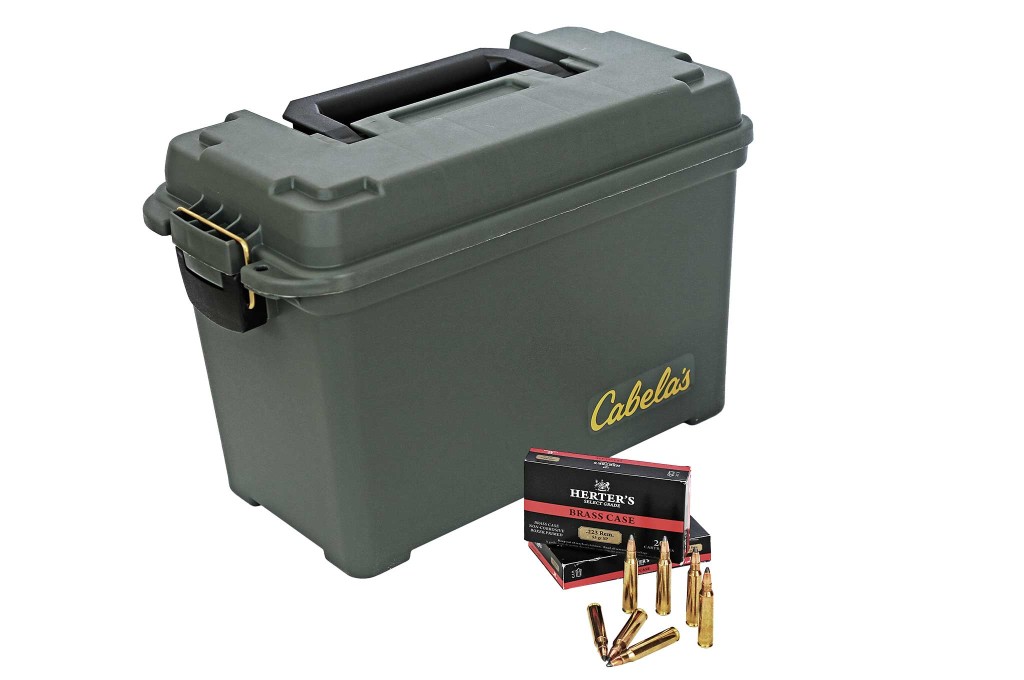
Having a gun is just one part of the survival equation. The other is ammunition — and lots of it.
Cabela’s makes it convenient to order the ammo and store it for the long haul with the Herter’s Select-Grade Bulk Rifle Ammunition with Dry-Storage Box combo. Select from almost two dozen calibers — from .223 to .338 — each with a set quantity. For example, you can get either 200 or 500 rounds of 55-grain .223. The Herter’s ammo comes with a Cabela’s Dry-Storage Box, a heavy-duty waterproof container that’s designed for easy stacking and long-term storage. Prices range from $80 to $380.
www.cabelas.com
Tool Kit
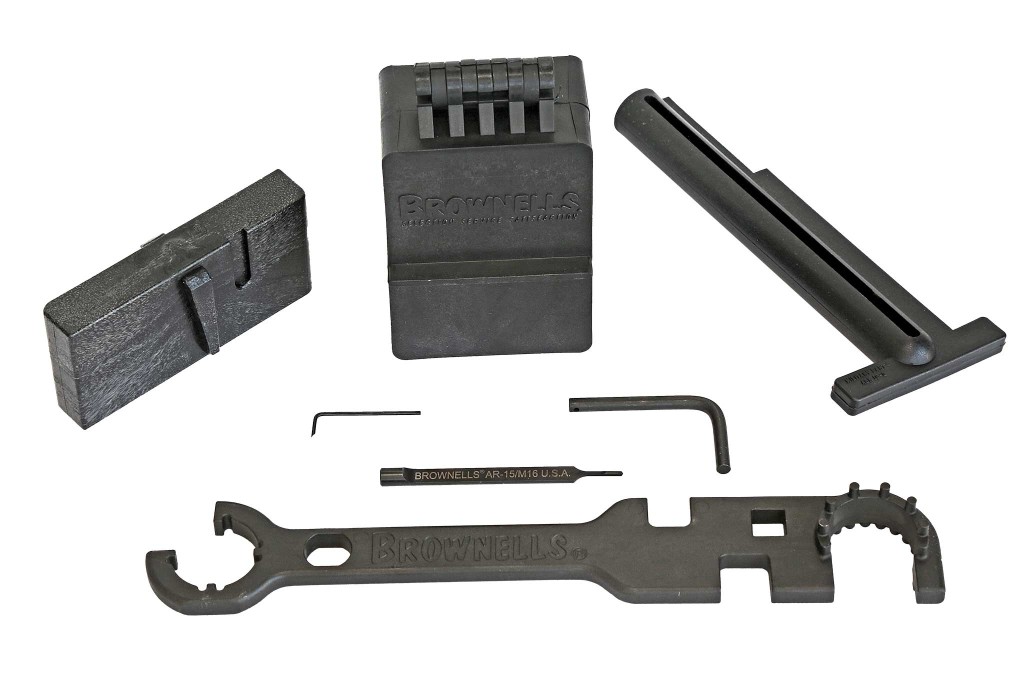
You don’t have to be a gunsmith to repair your rifle, but you do need the right tools. Sorry, but duct tape and a four-piece Craftsman screwdriver set won’t cut it. Fortunately, the AR-15/M16 Critical Tools Kit from Brownells contains the most essential items needed to fix, tinker, or tune up your carbine. This includes an armorer’s wrench (needed to install and remove a barrel), a lower receiver vise block (to hold the receiver to a vise without damaging it), and a heavy-duty clamshell upper receiver action block (which fits AR-15s with either a carry handle or a flattop rail), among other key tools — all of which are made in the USA. The kit retails for $110.
www.brownells.com
Conclusion
An AR-15 is like a Jeep: classic, dependable, and versatile. You can modify it into a beast or get a SHTF-worthy blaster right off the shelf. Few guns give a survivalist that kind of freedom. But keep in mind obtaining a rifle is just the start.
“Owning an AR isn’t enough to call yourself a ‘survivalist,'” Estela says. “There are far too many people who spend more time choosing accessories than training marksmanship, malfunction drills, and transitions between weapons. Unfamiliarity and lack of firearm proficiency are a recipe for failure, not survival. Also, if your survival plan is to fight with your rifle, incorporate dynamic movement and red-line training into your readiness plan to get into fighting shape.”
So, like in most aspects of survivalism, the AR-15’s potential is limited by its owner. Whether you’re hunting for food after your cache runs out, patrolling your doomsday property, fighting off desperate raiders, or just in need of a reliable means of home defense when society is still civil, a carbine is a reliable foundation to build on. How you do that — whether paying with cash or sweat equity — is entirely up to you. Just be sure to do it before the next disaster strikes.
More From Issue 22
Don’t miss essential survival insights—sign up for Recoil Offgrid’s free newsletter today!
Read articles from the next issue of Recoil Offgrid: Issue 23
Read articles from the previous issue of Recoil Offgrid: Issue 21
Check out our other publications on the web: Recoil | Gun Digest | Blade | RecoilTV | RECOILtv (YouTube)
Editor’s Note: This article has been modified from its original version for the web.

